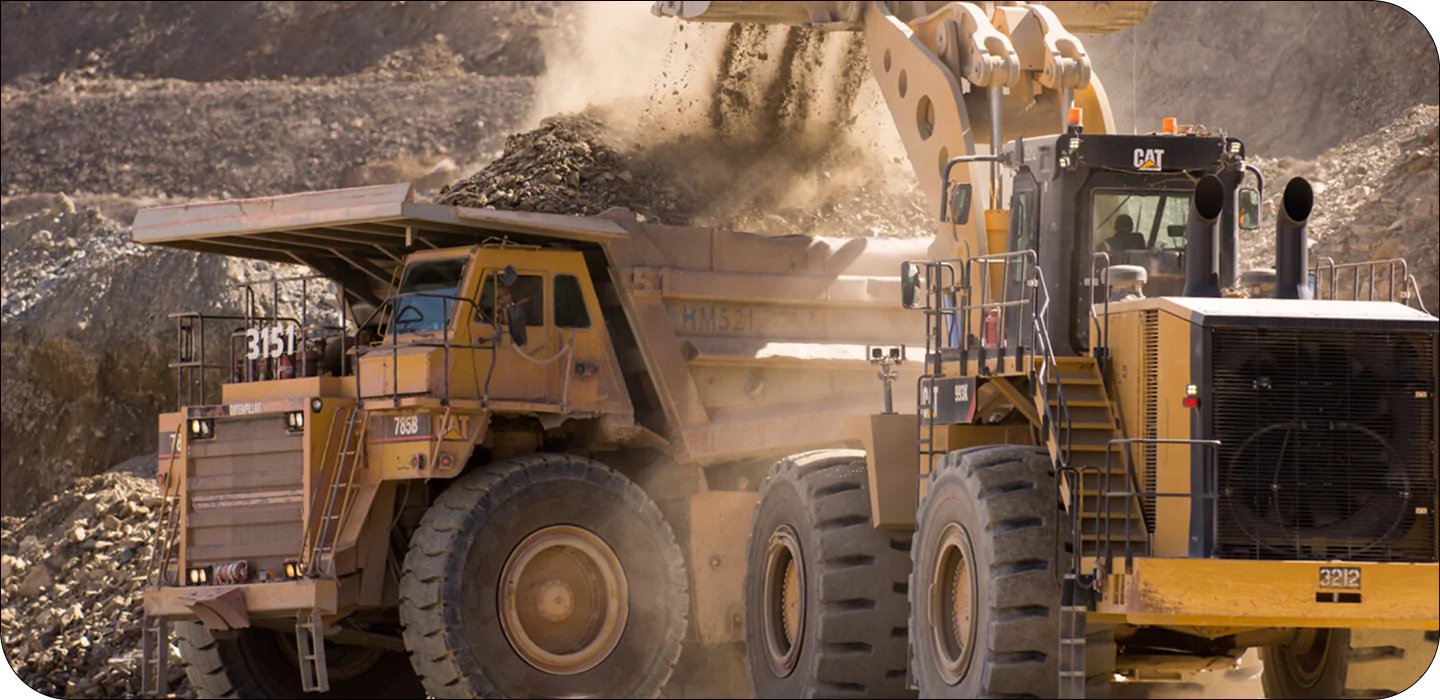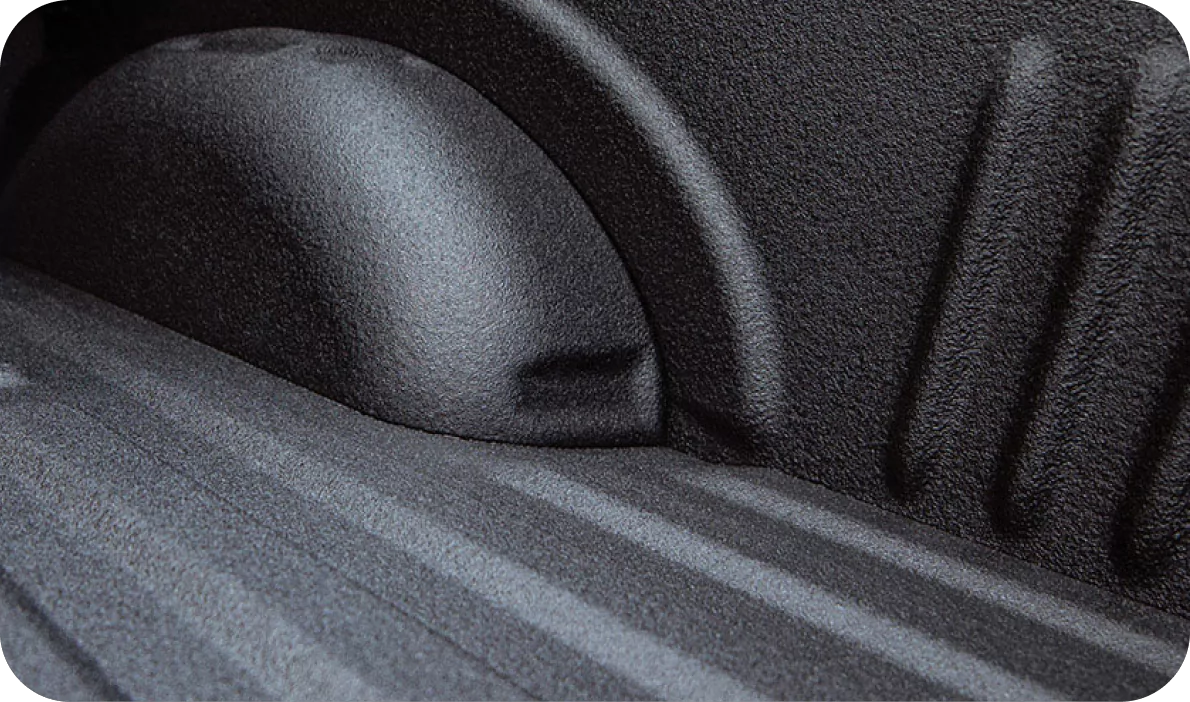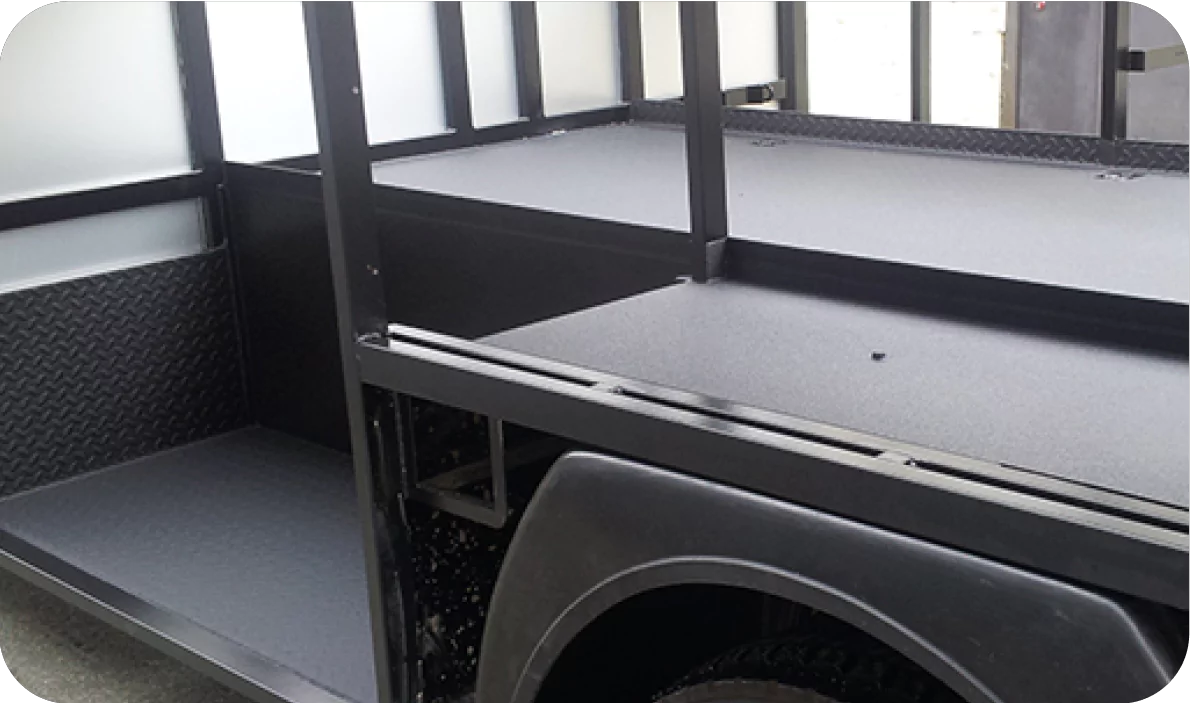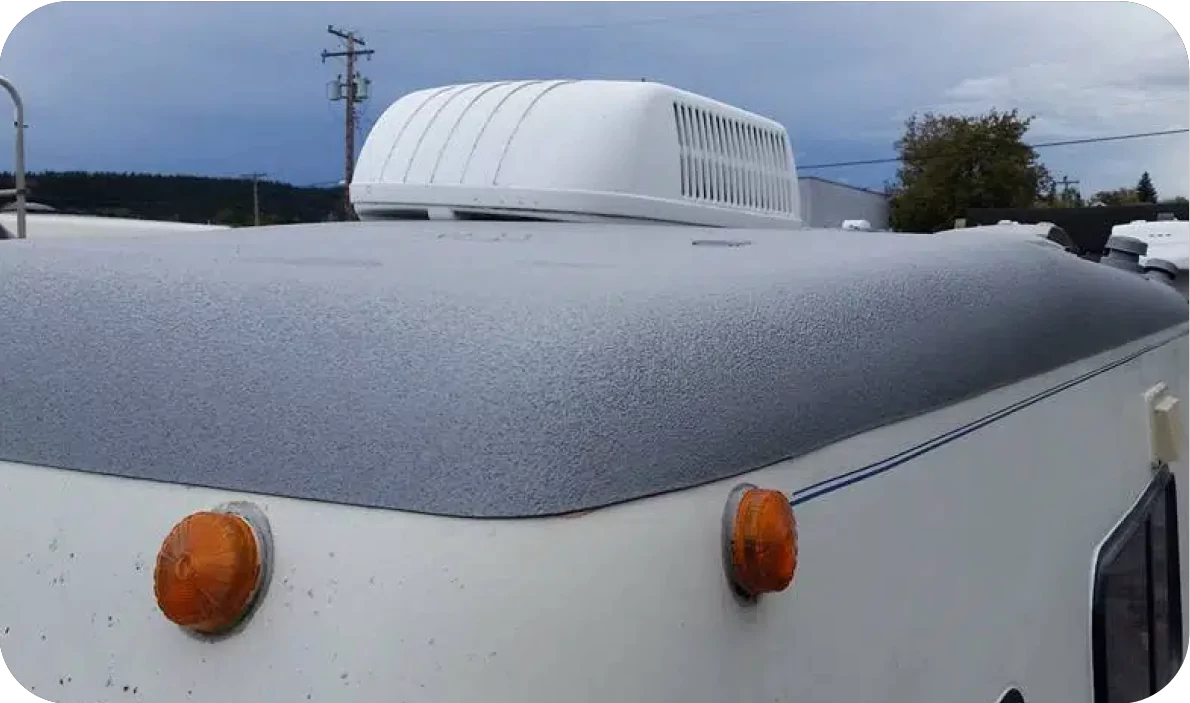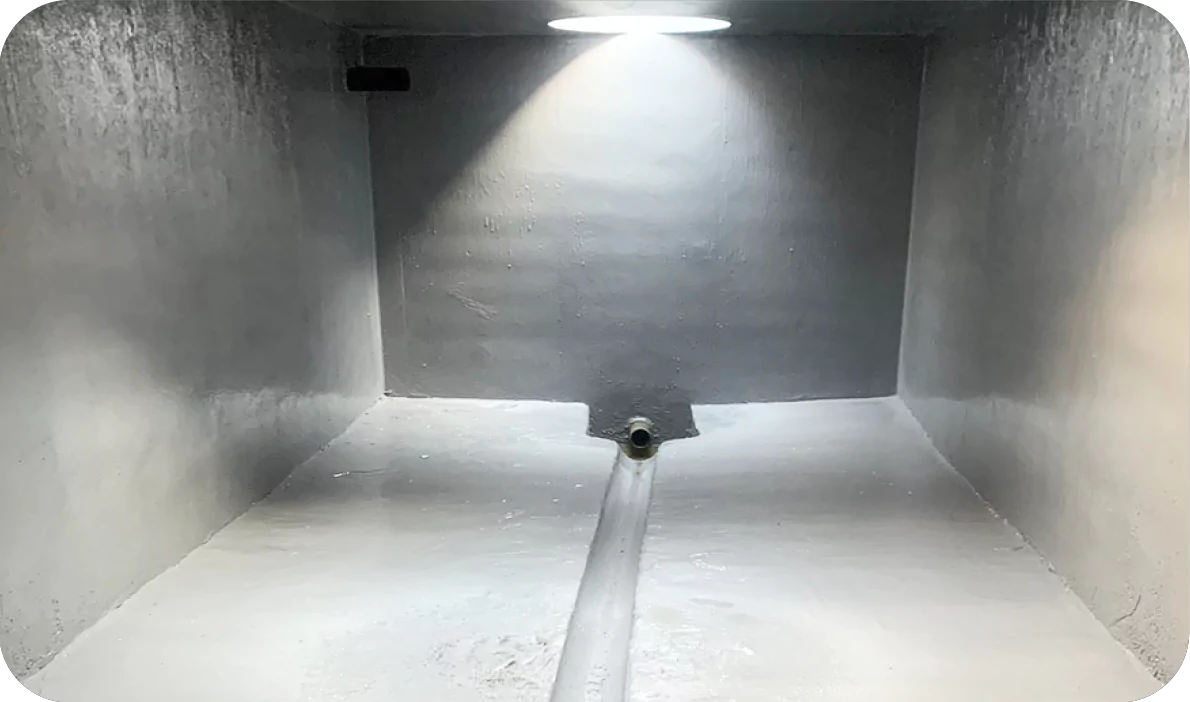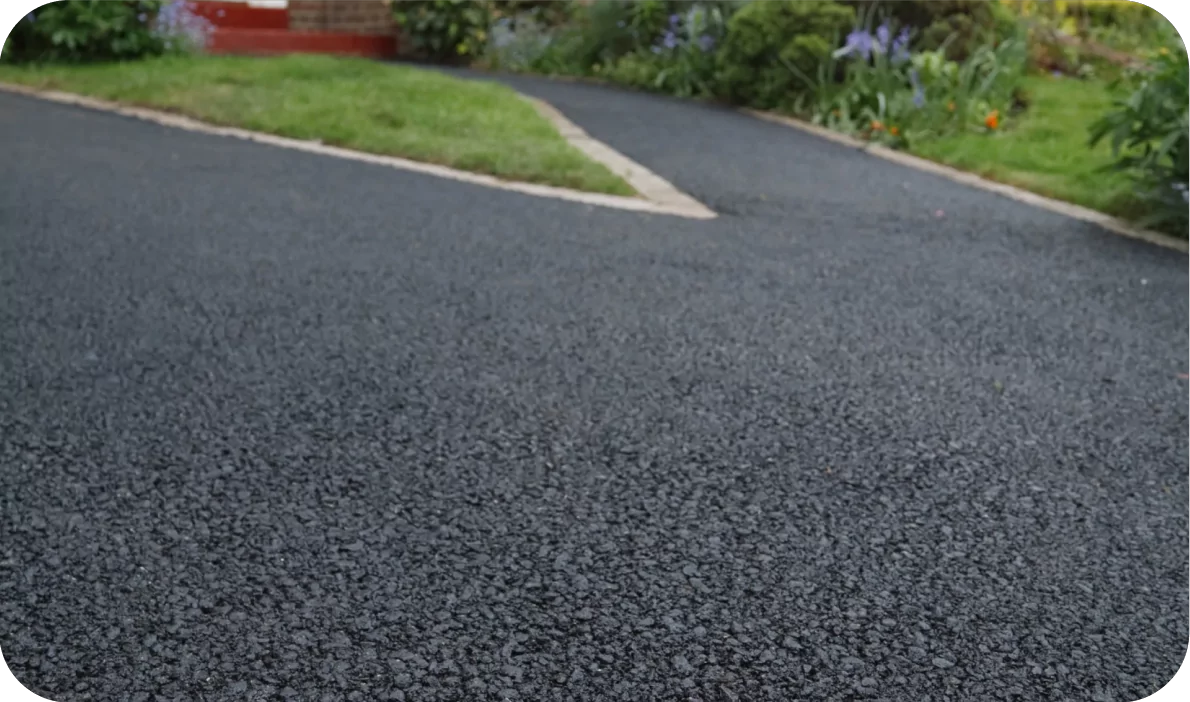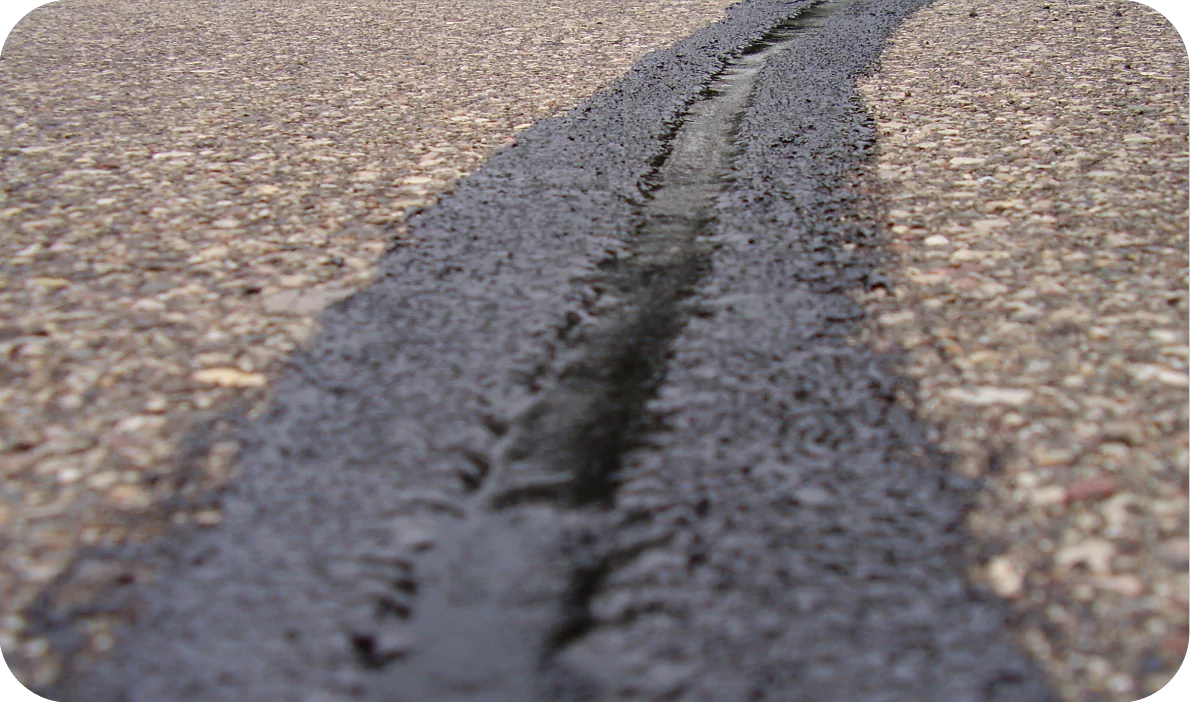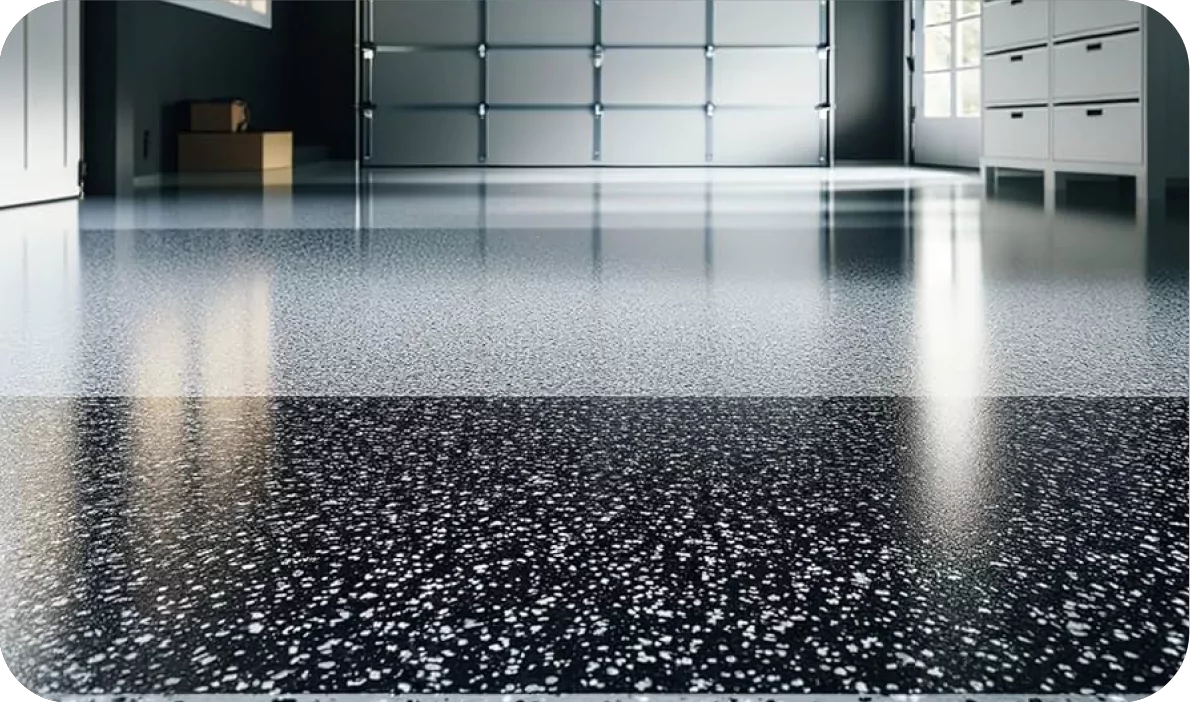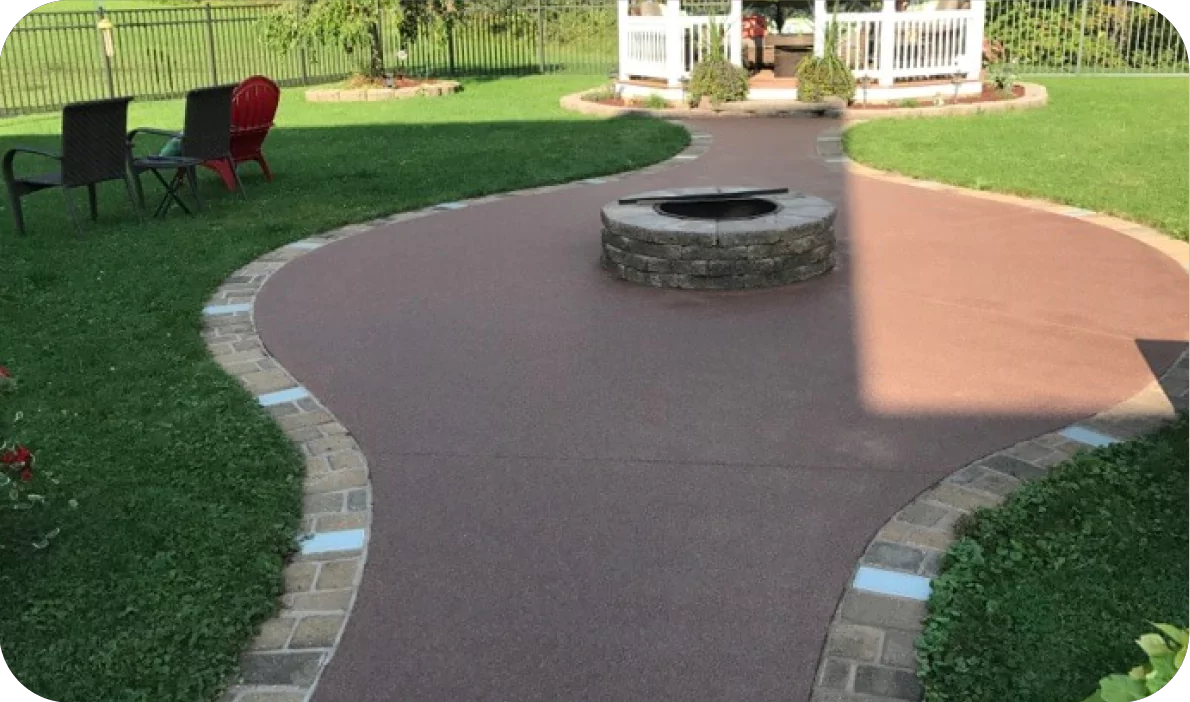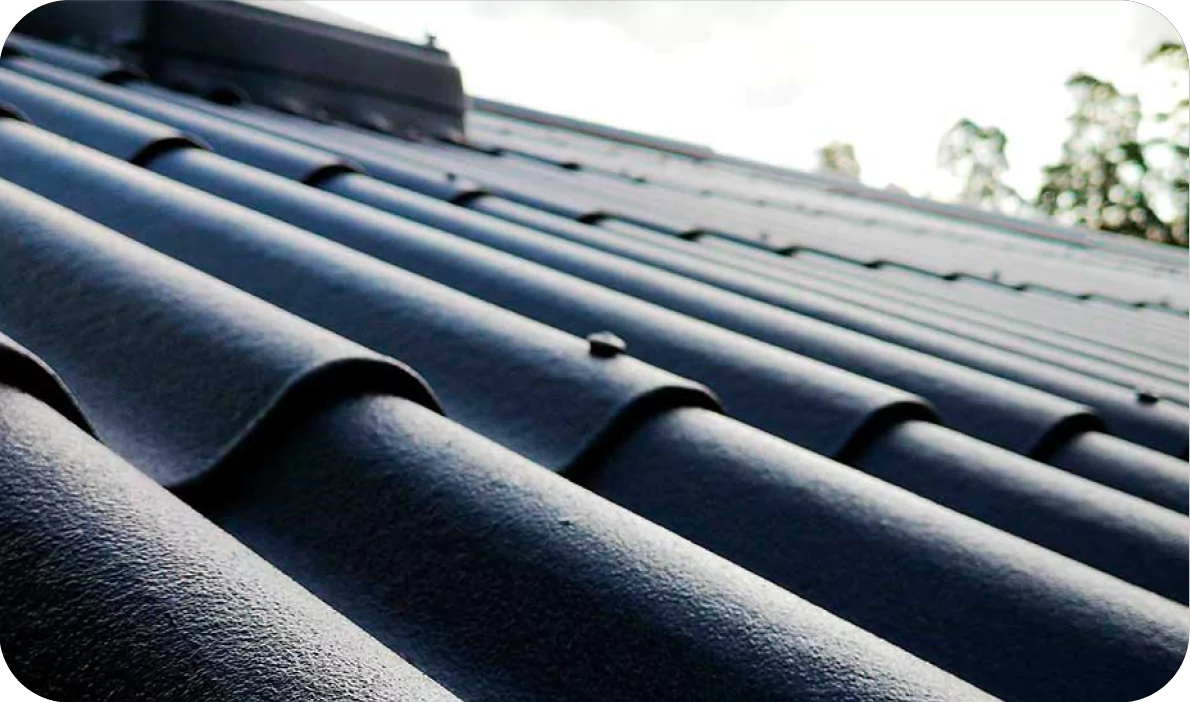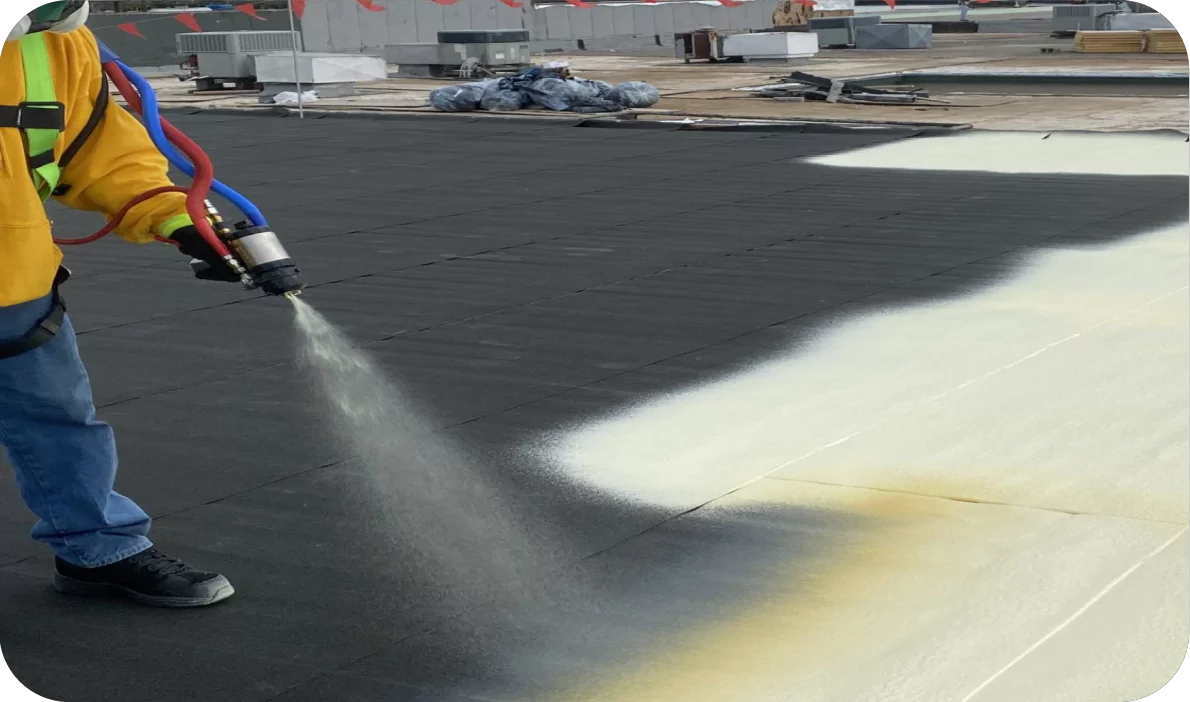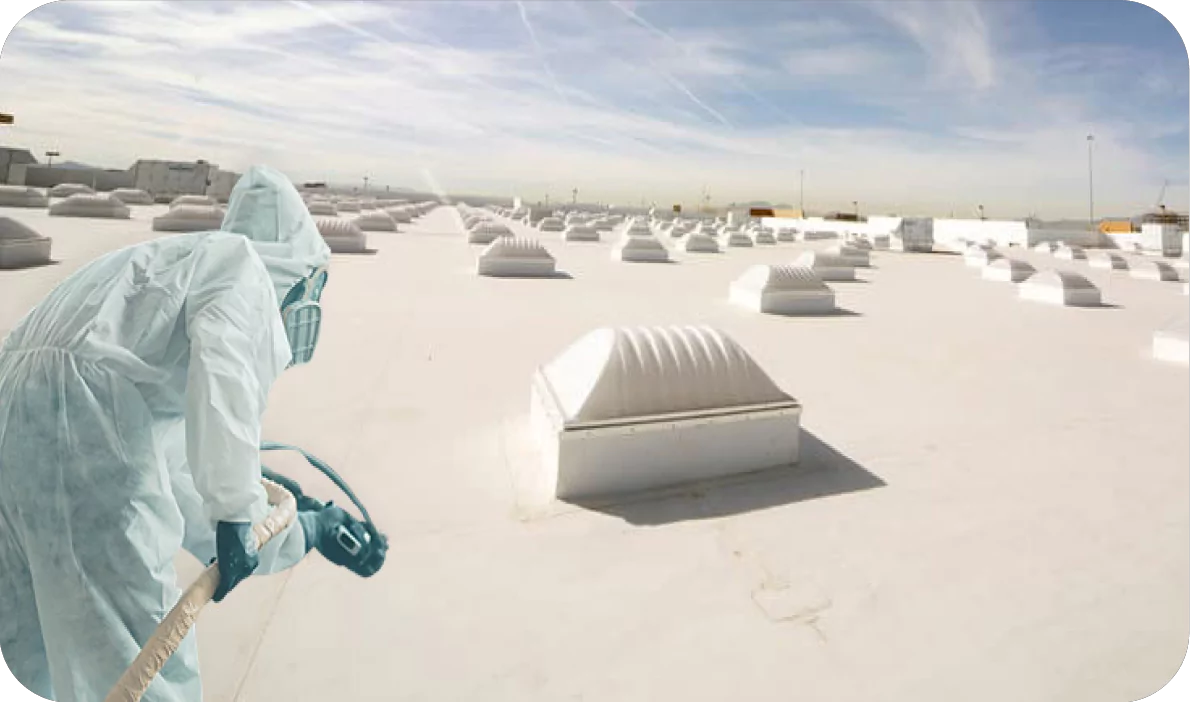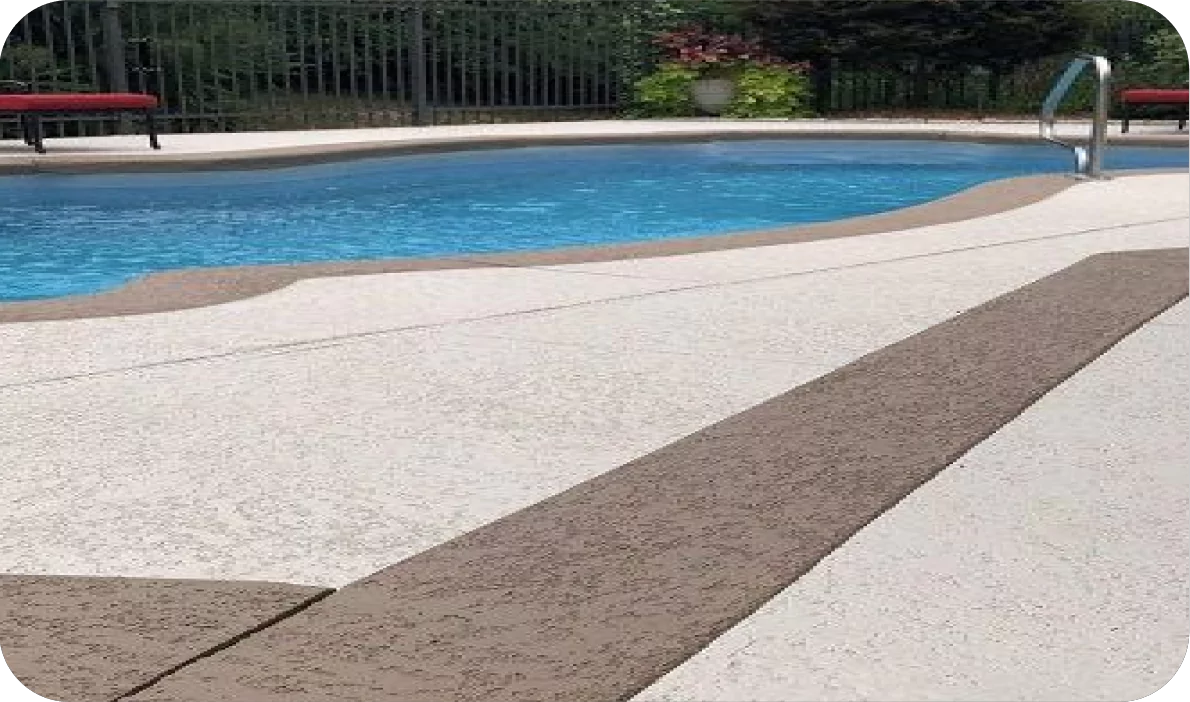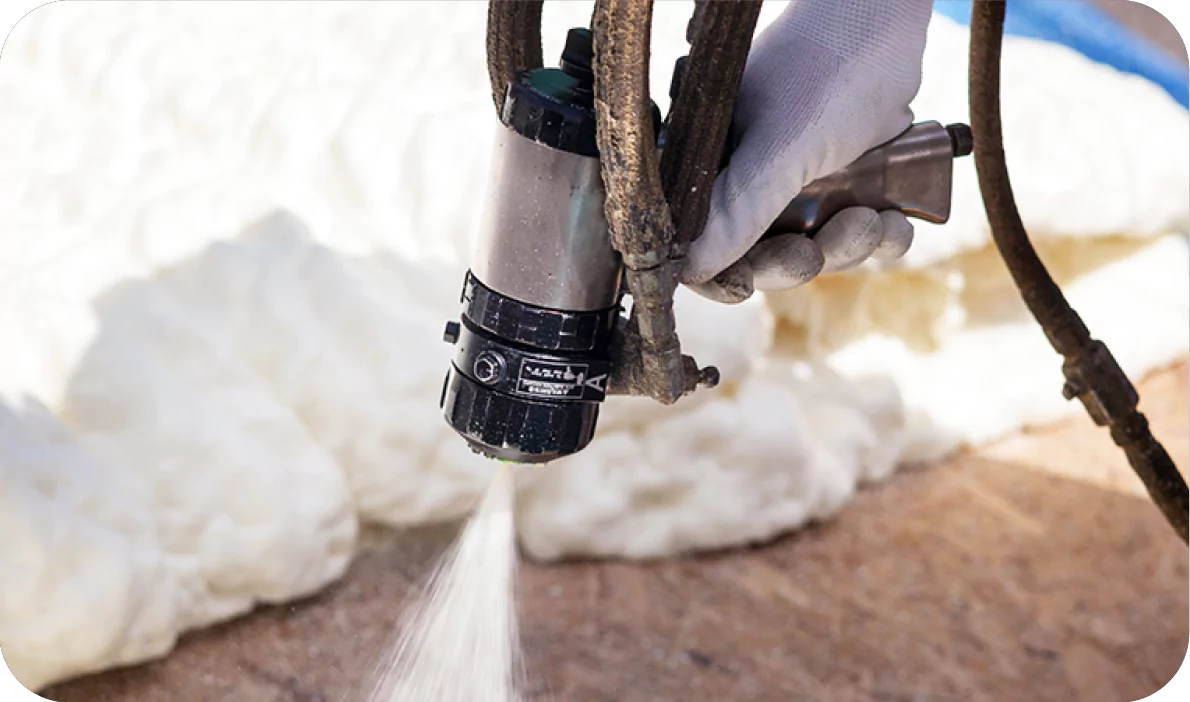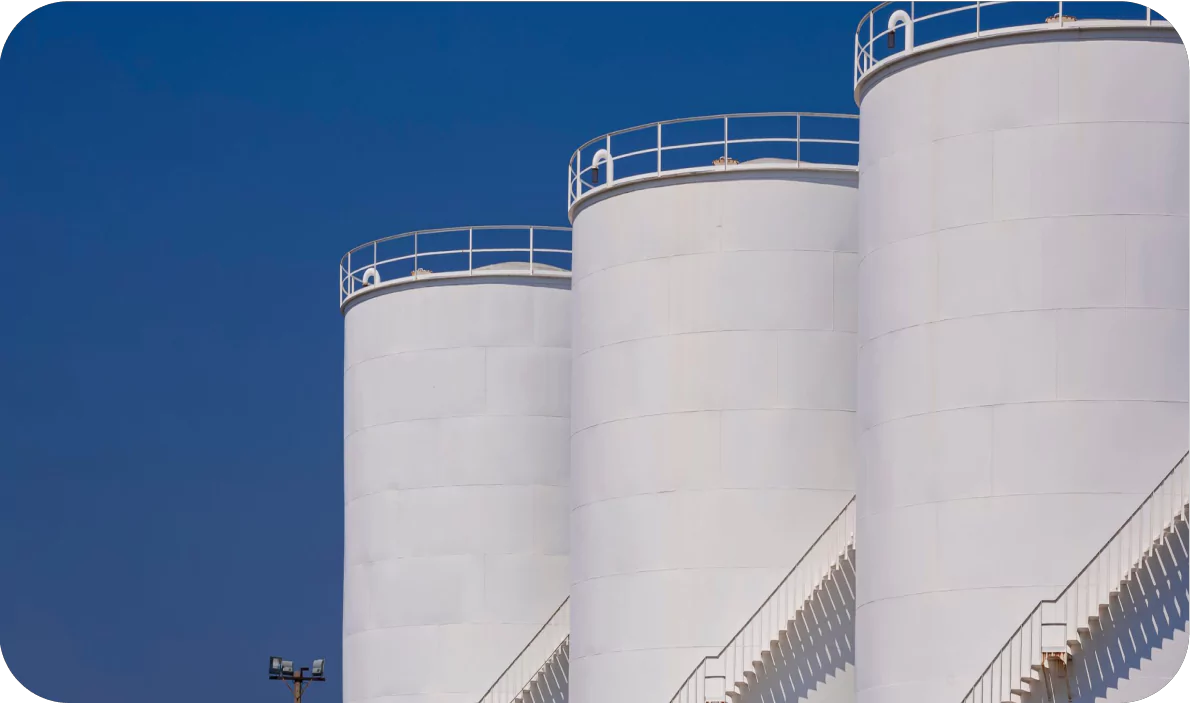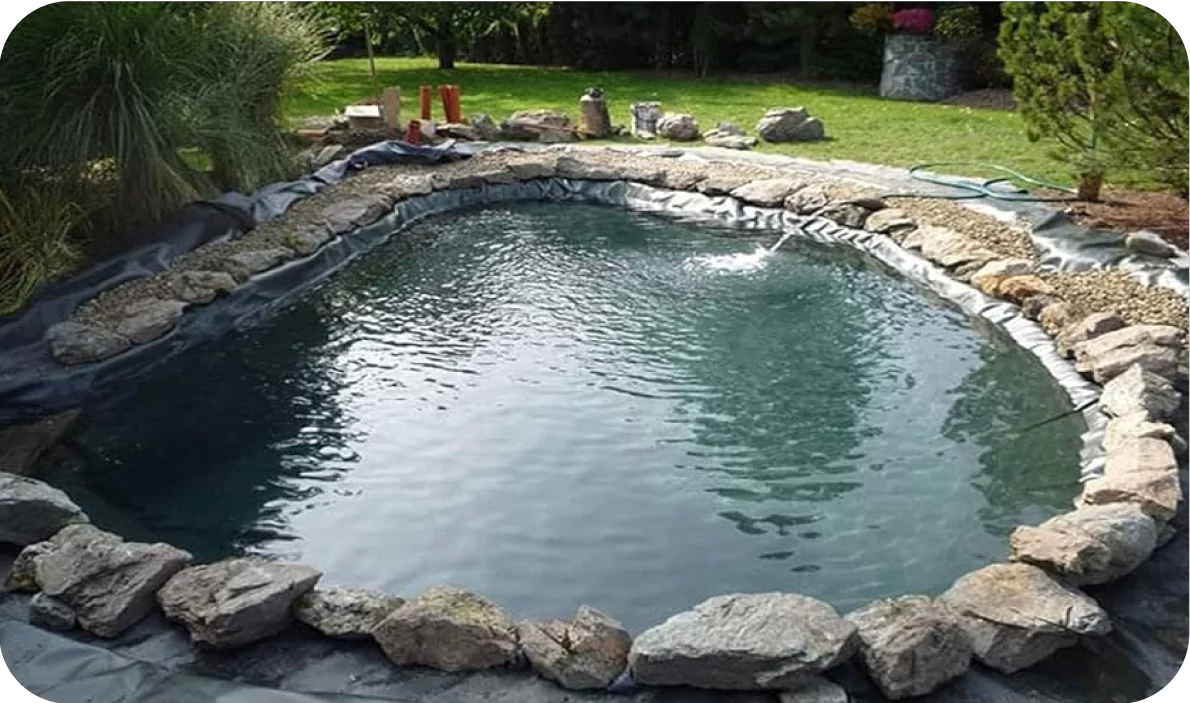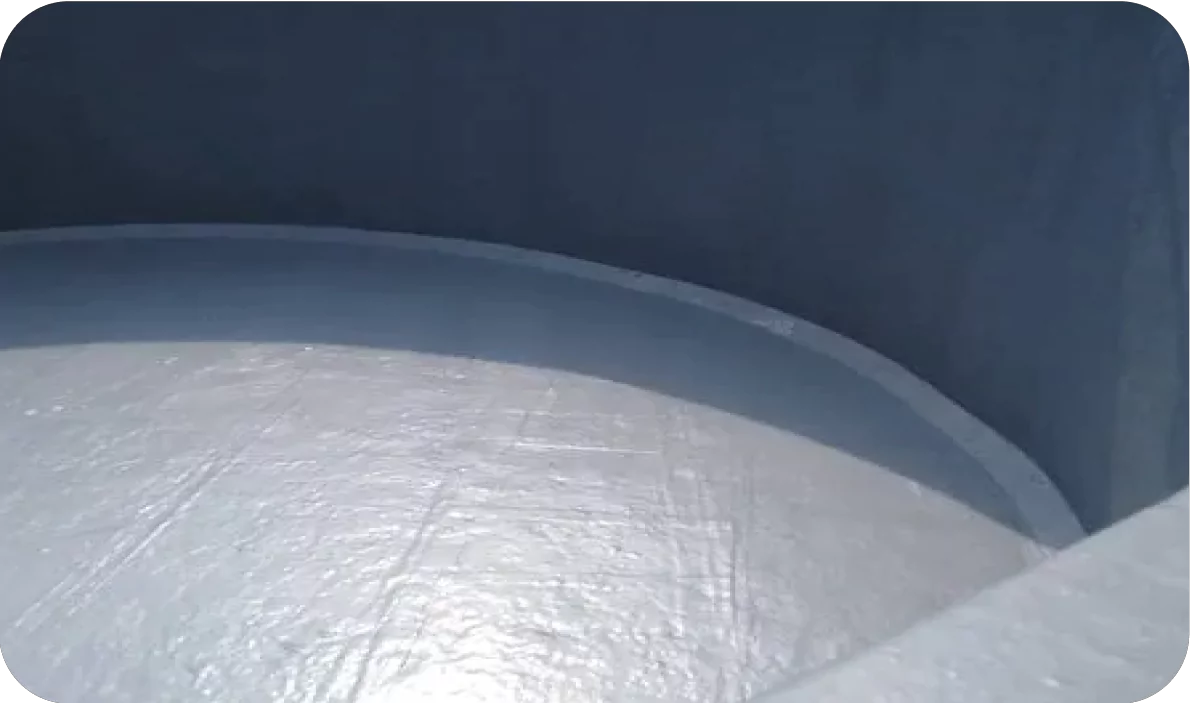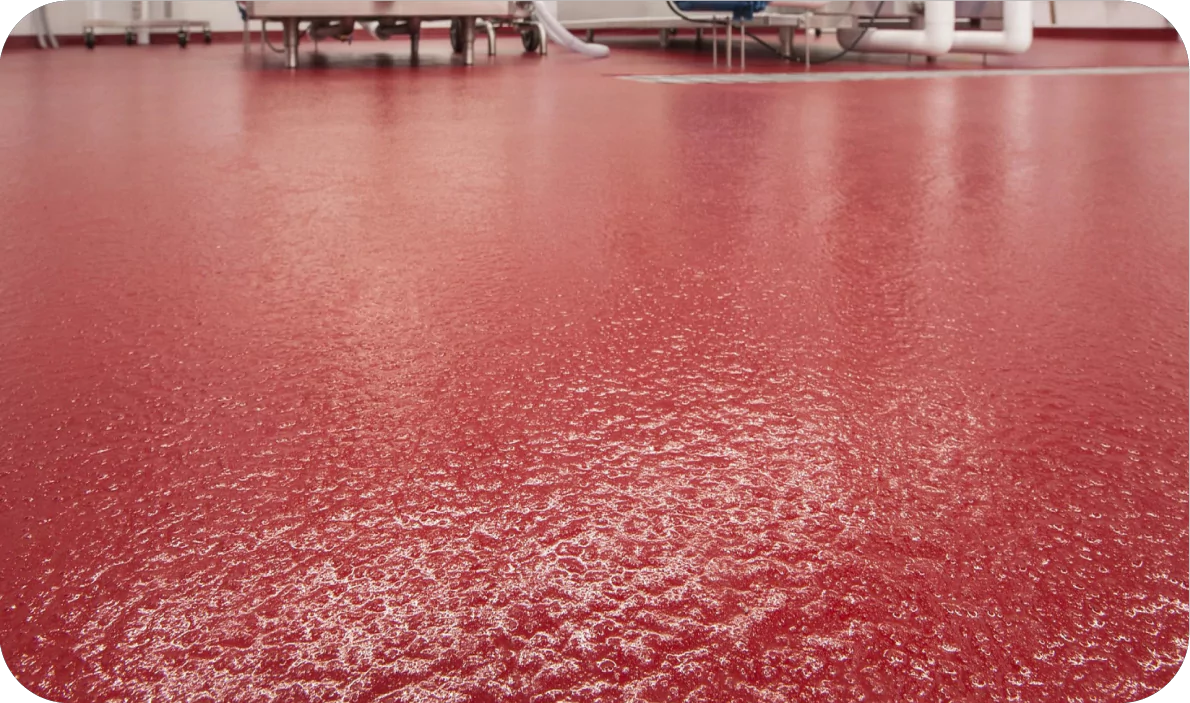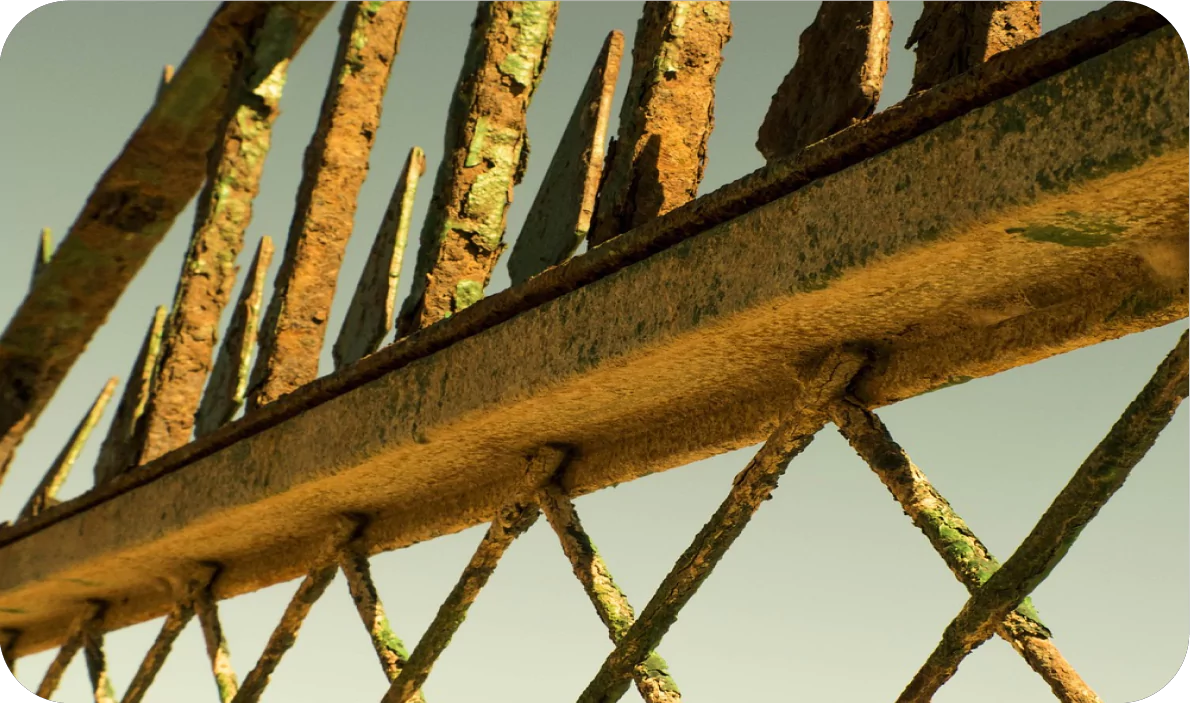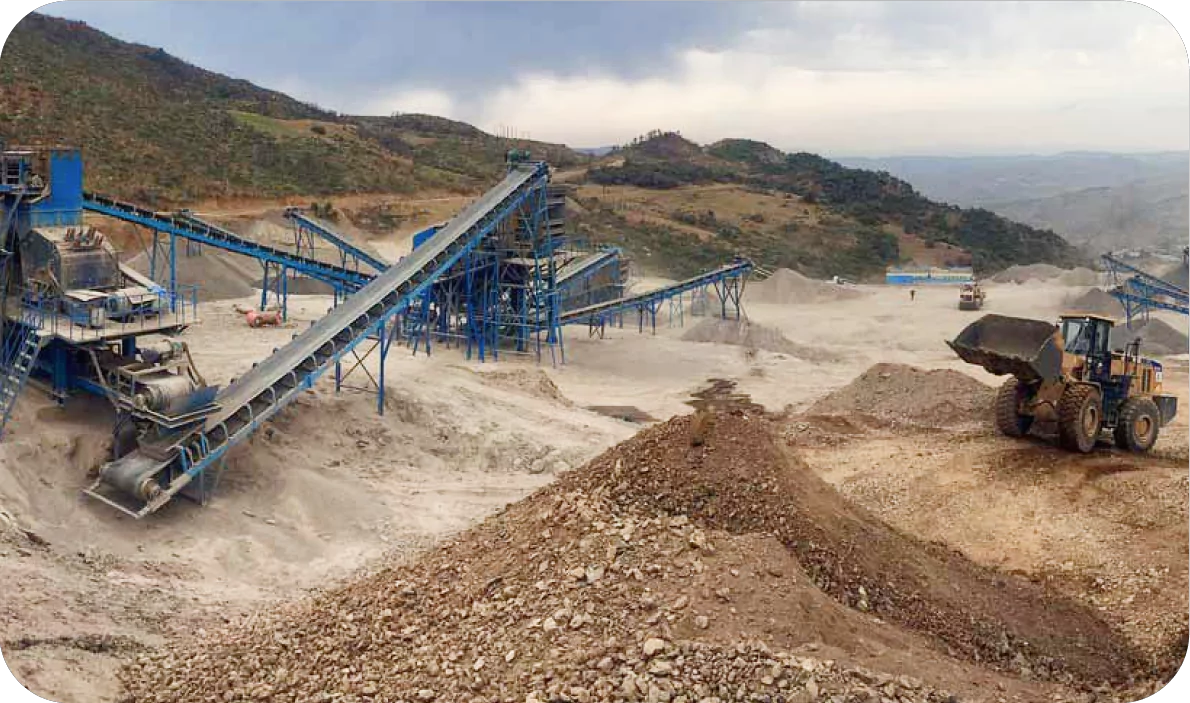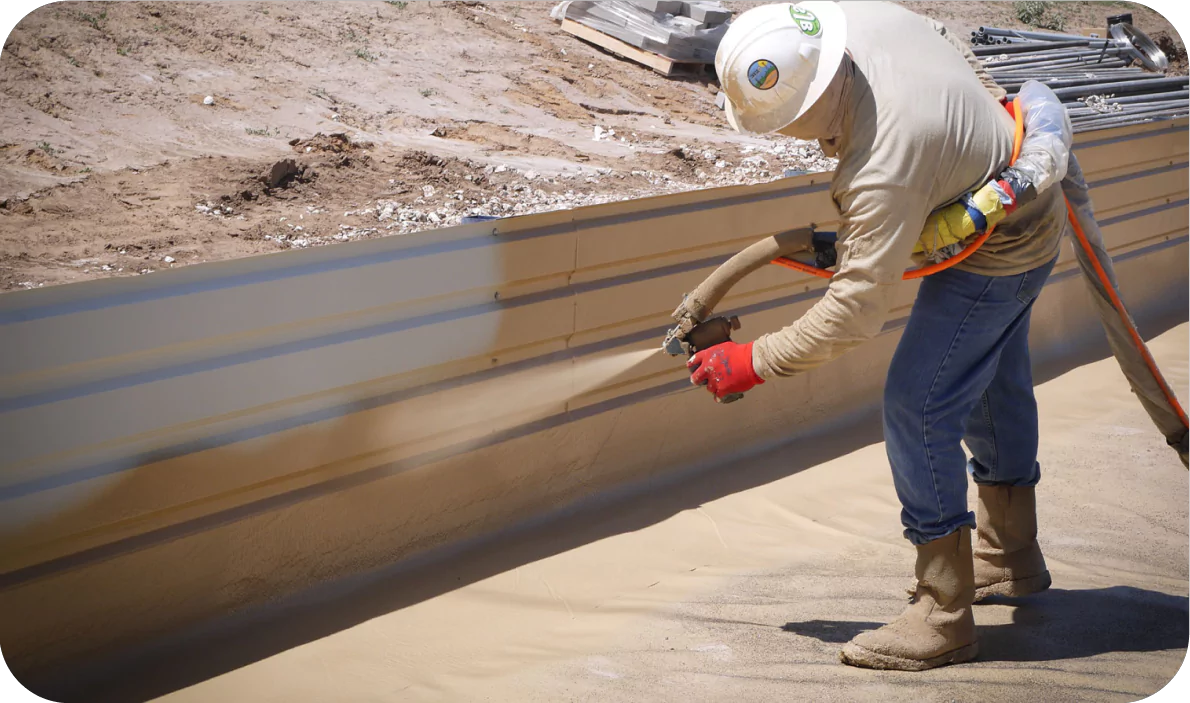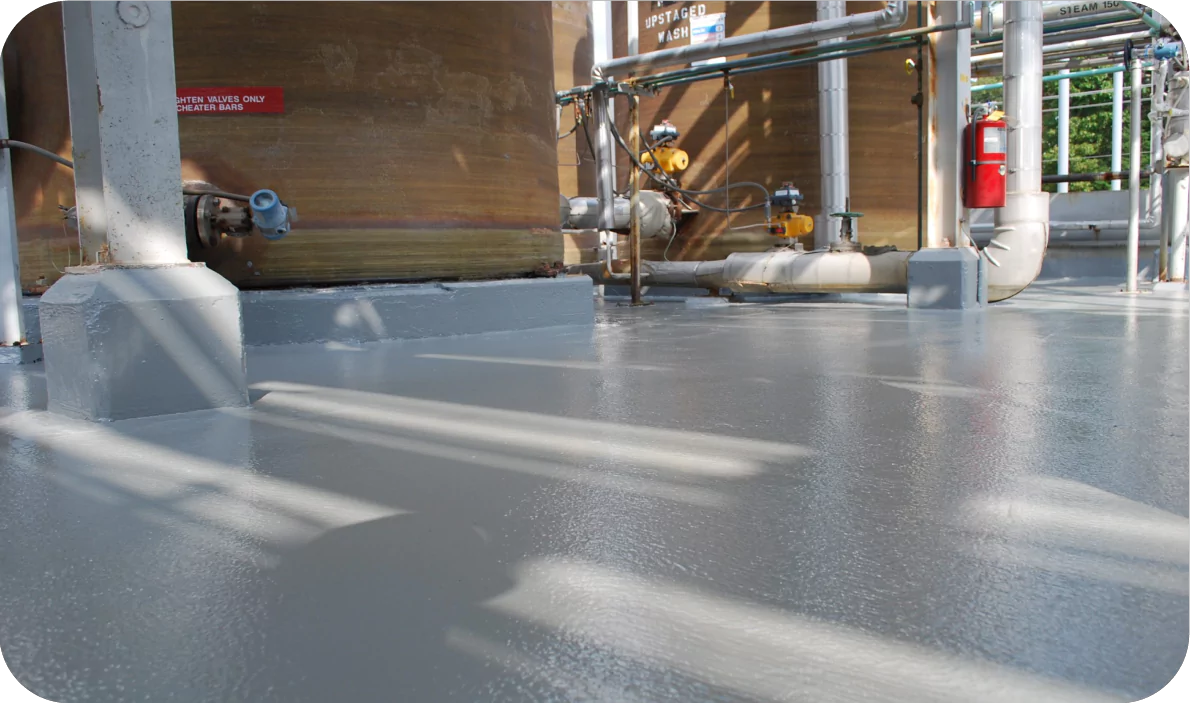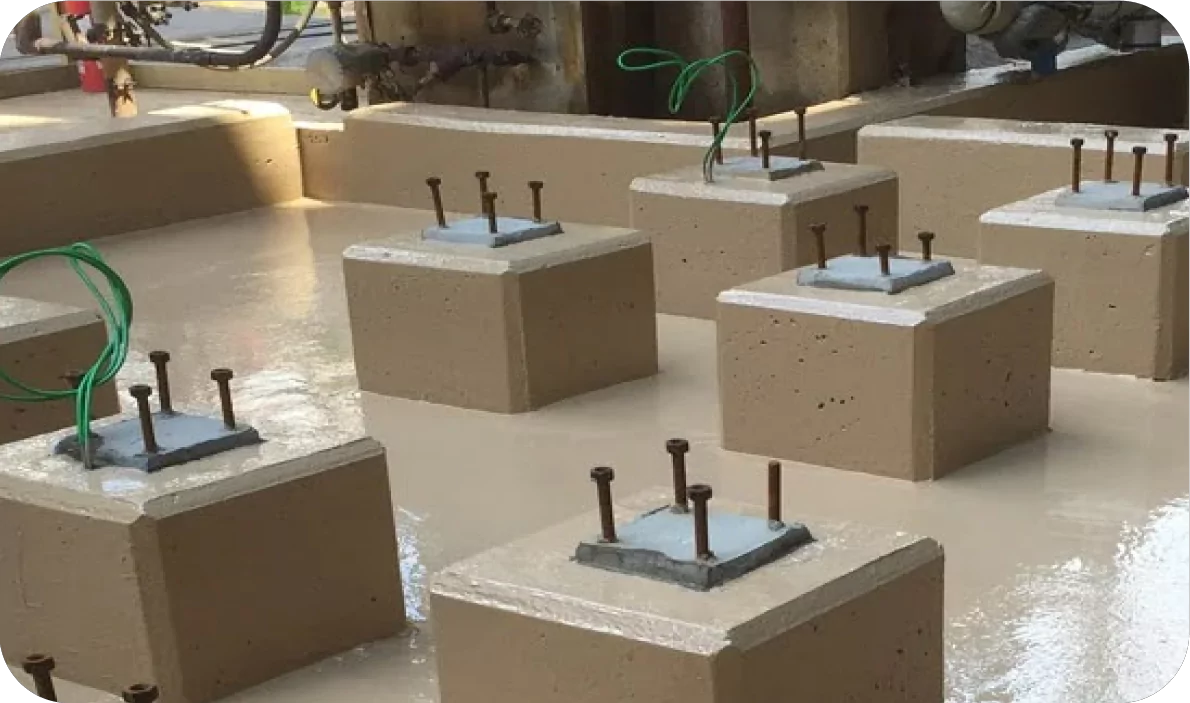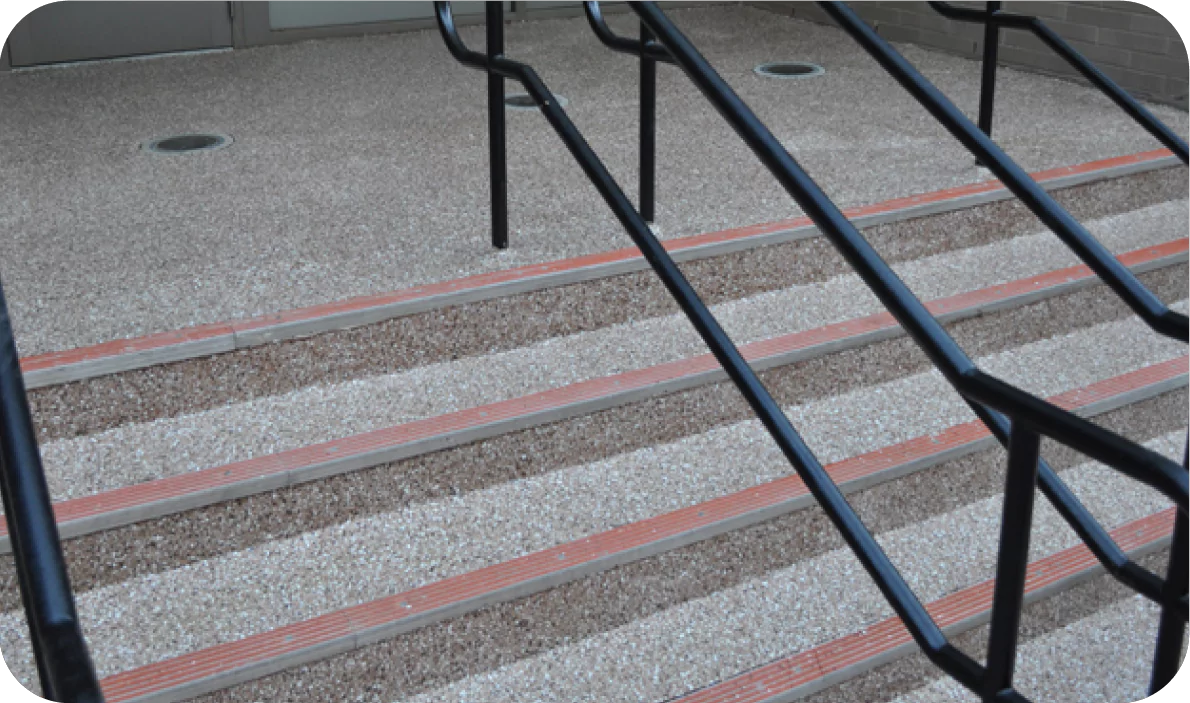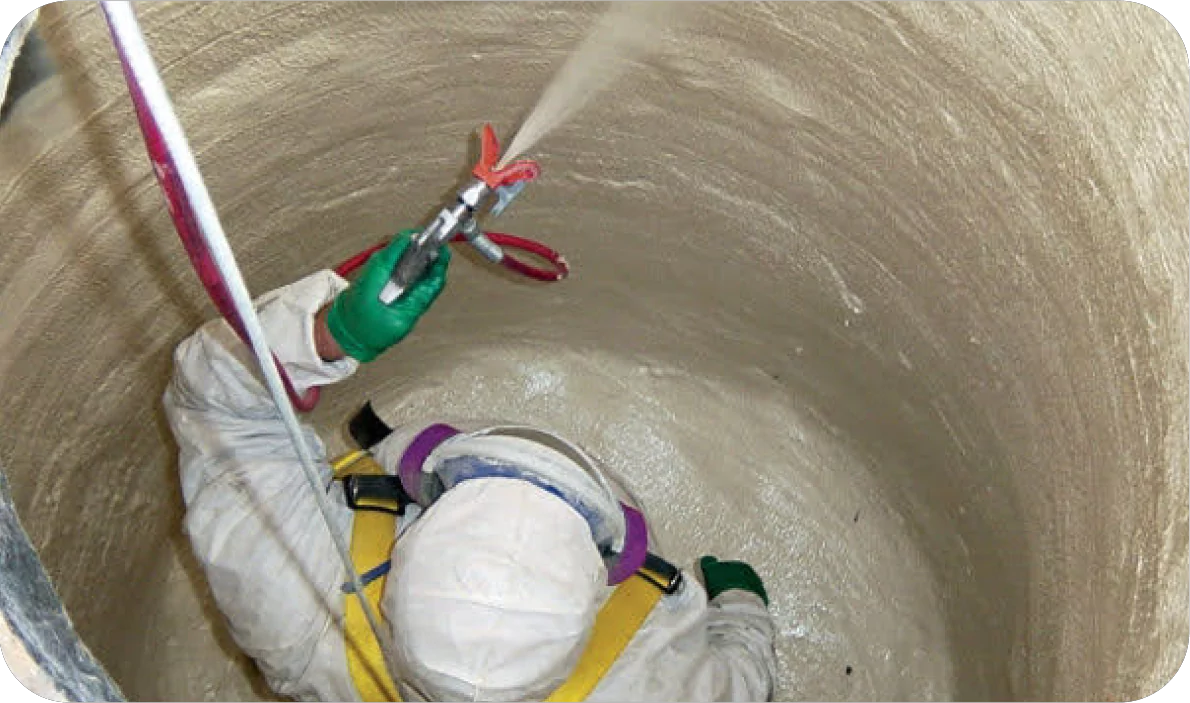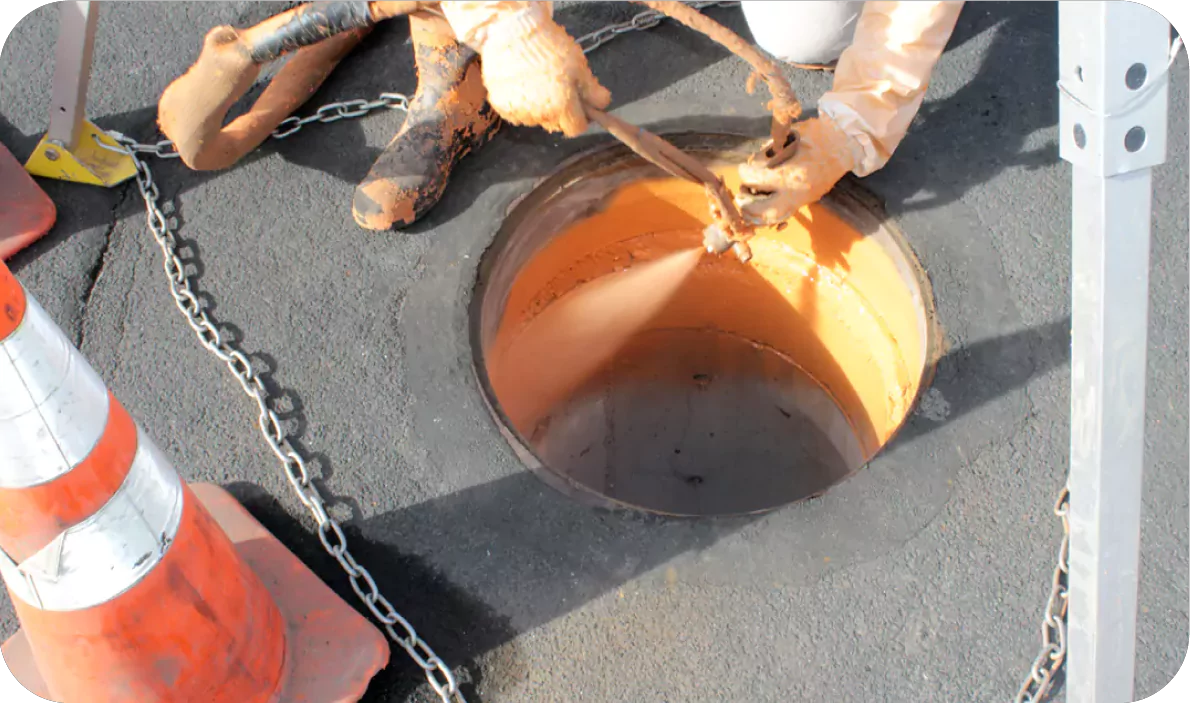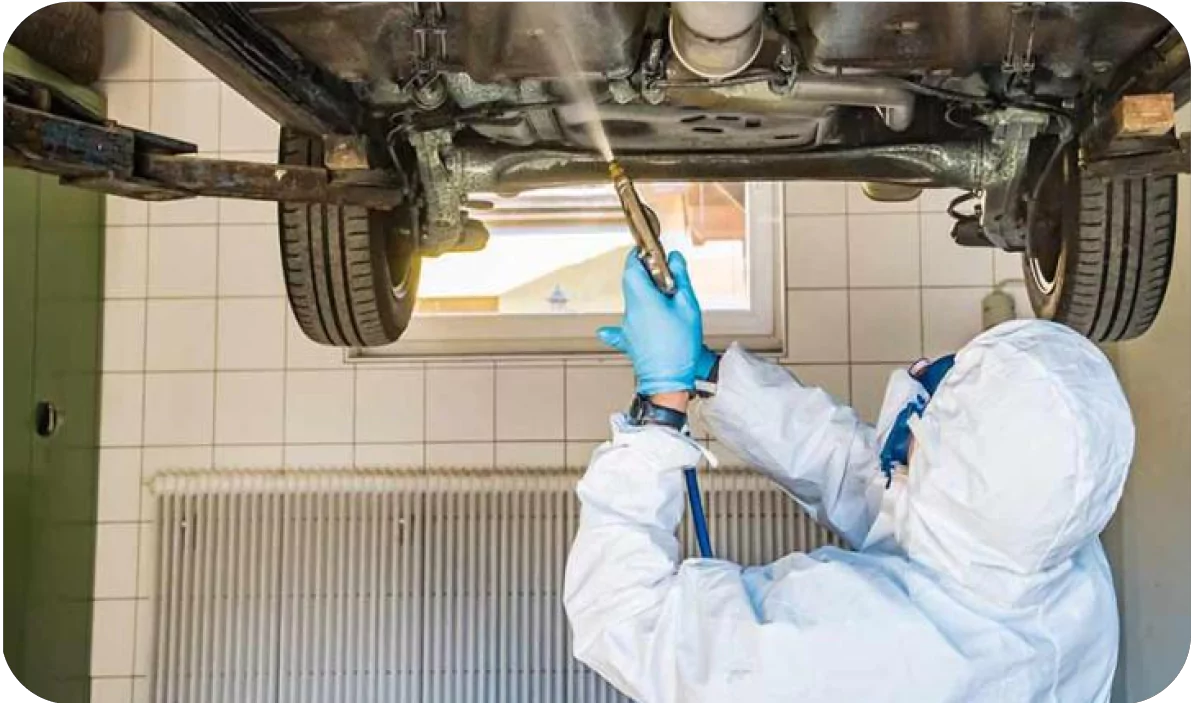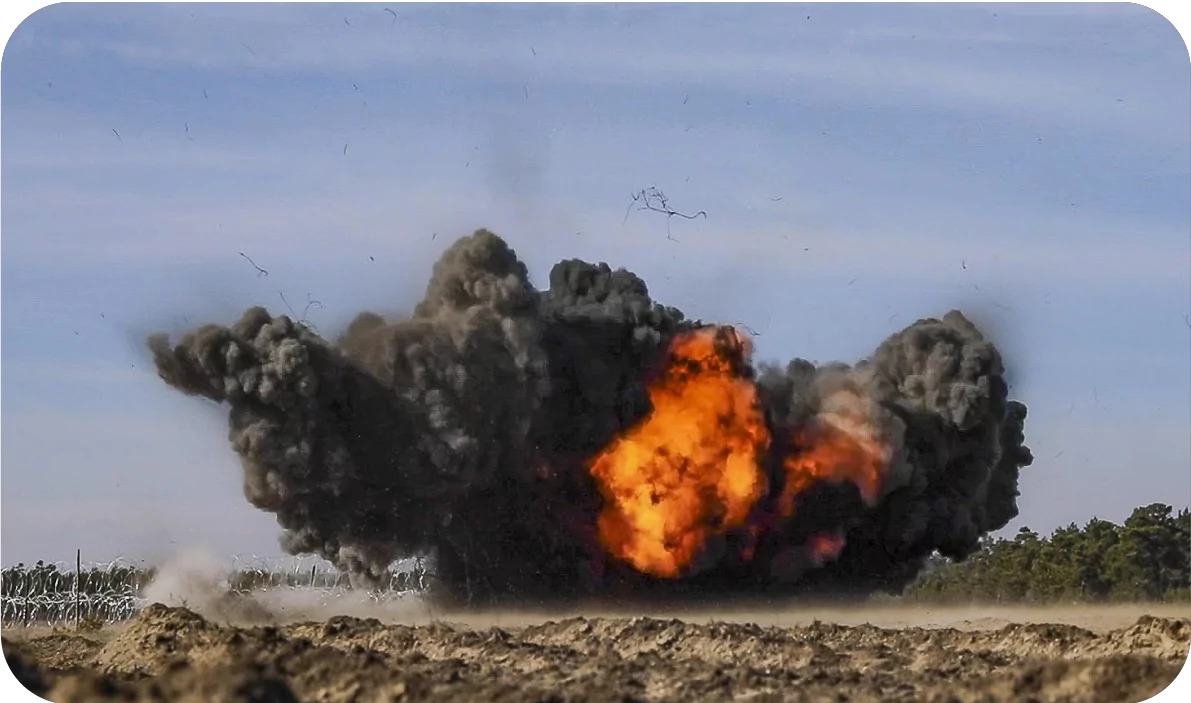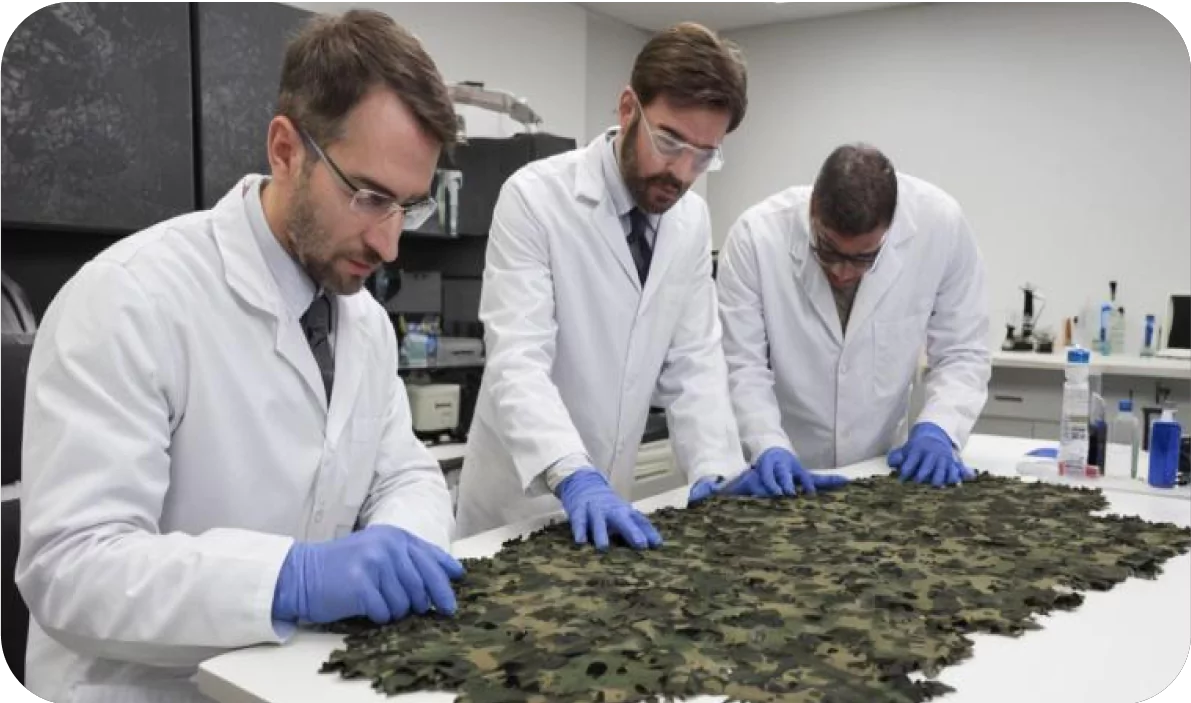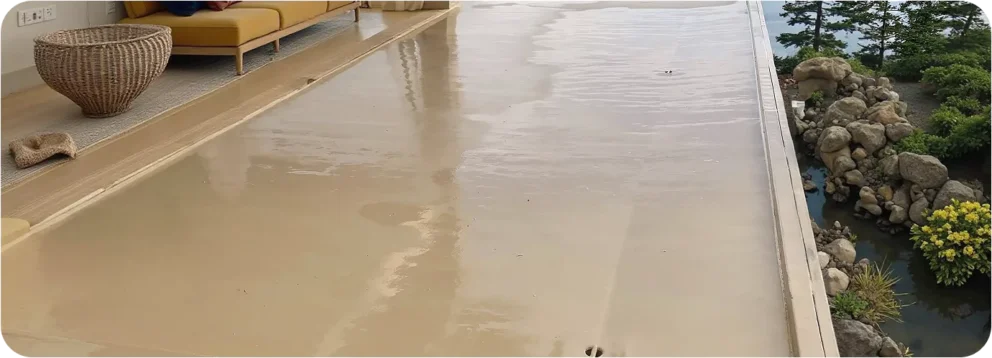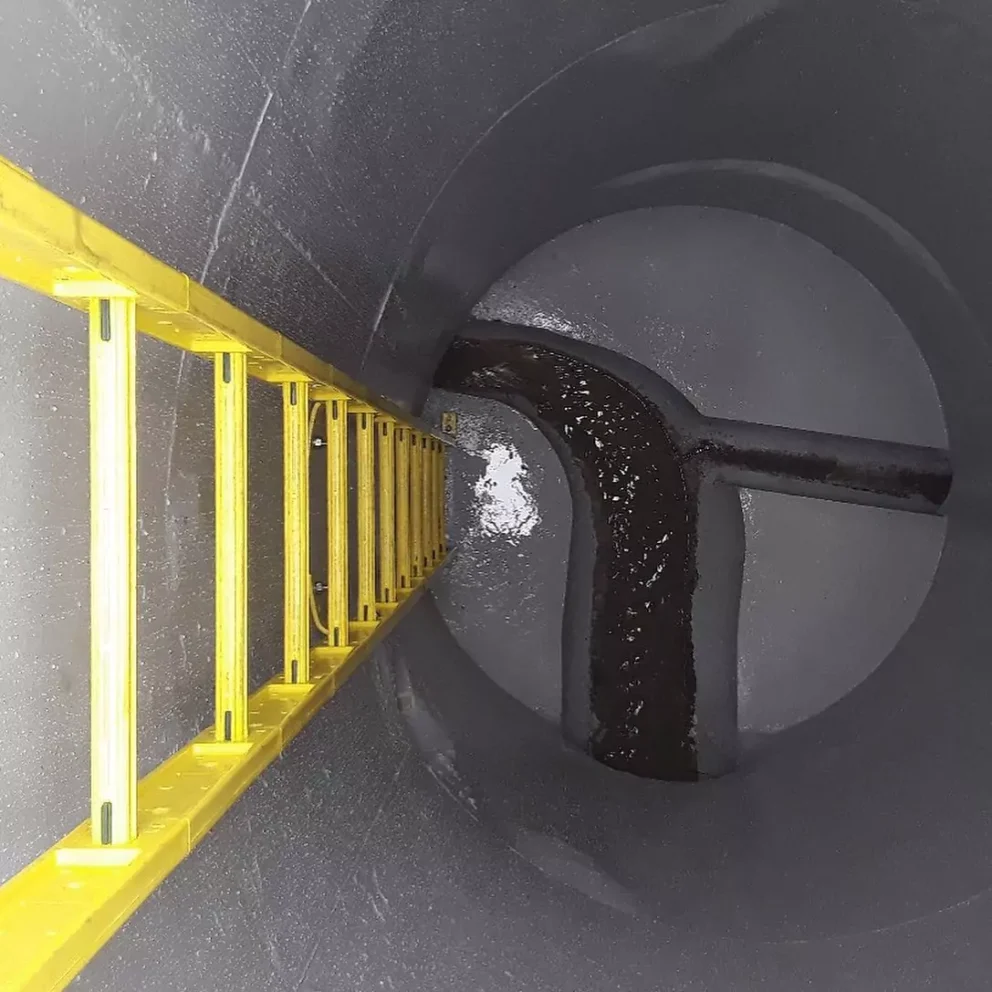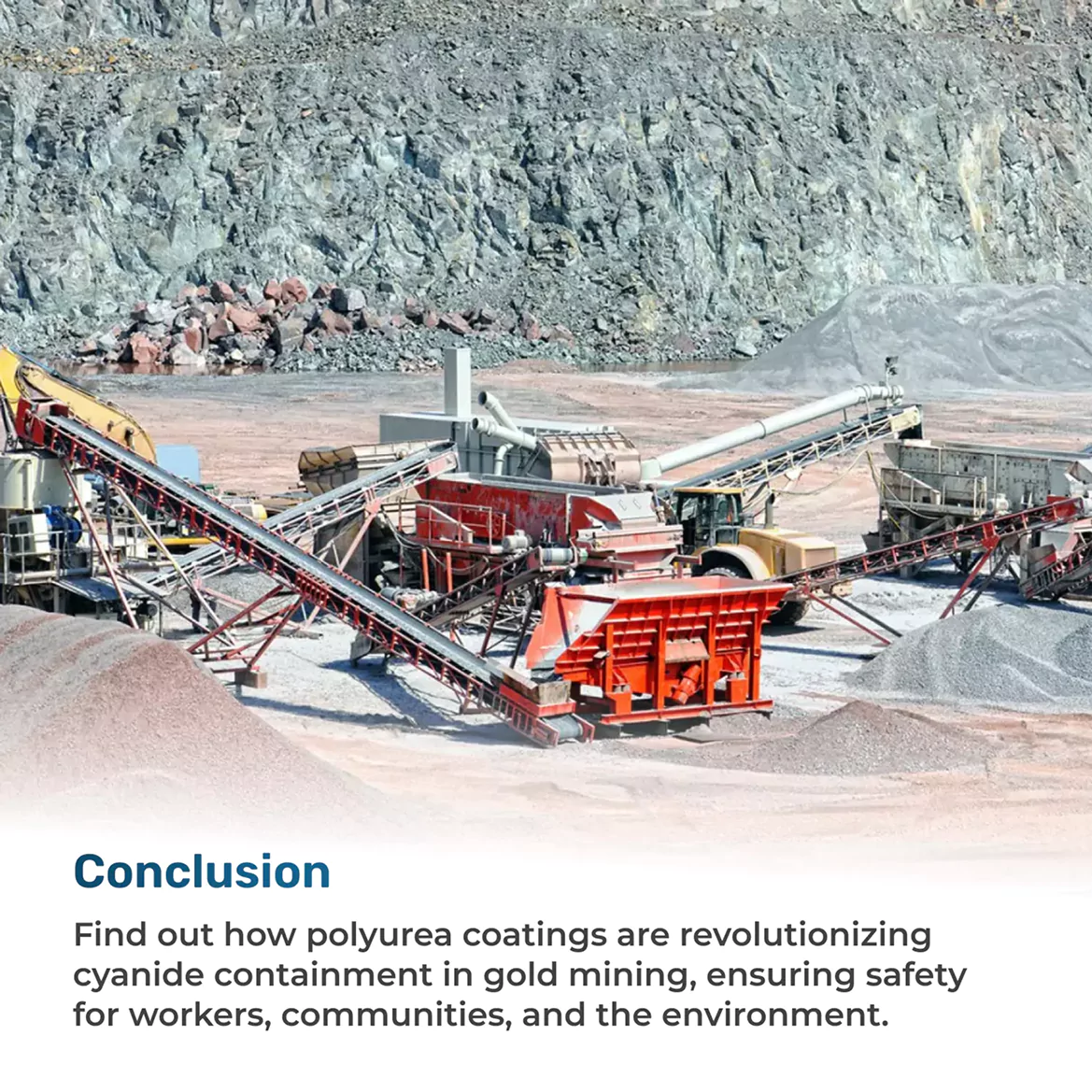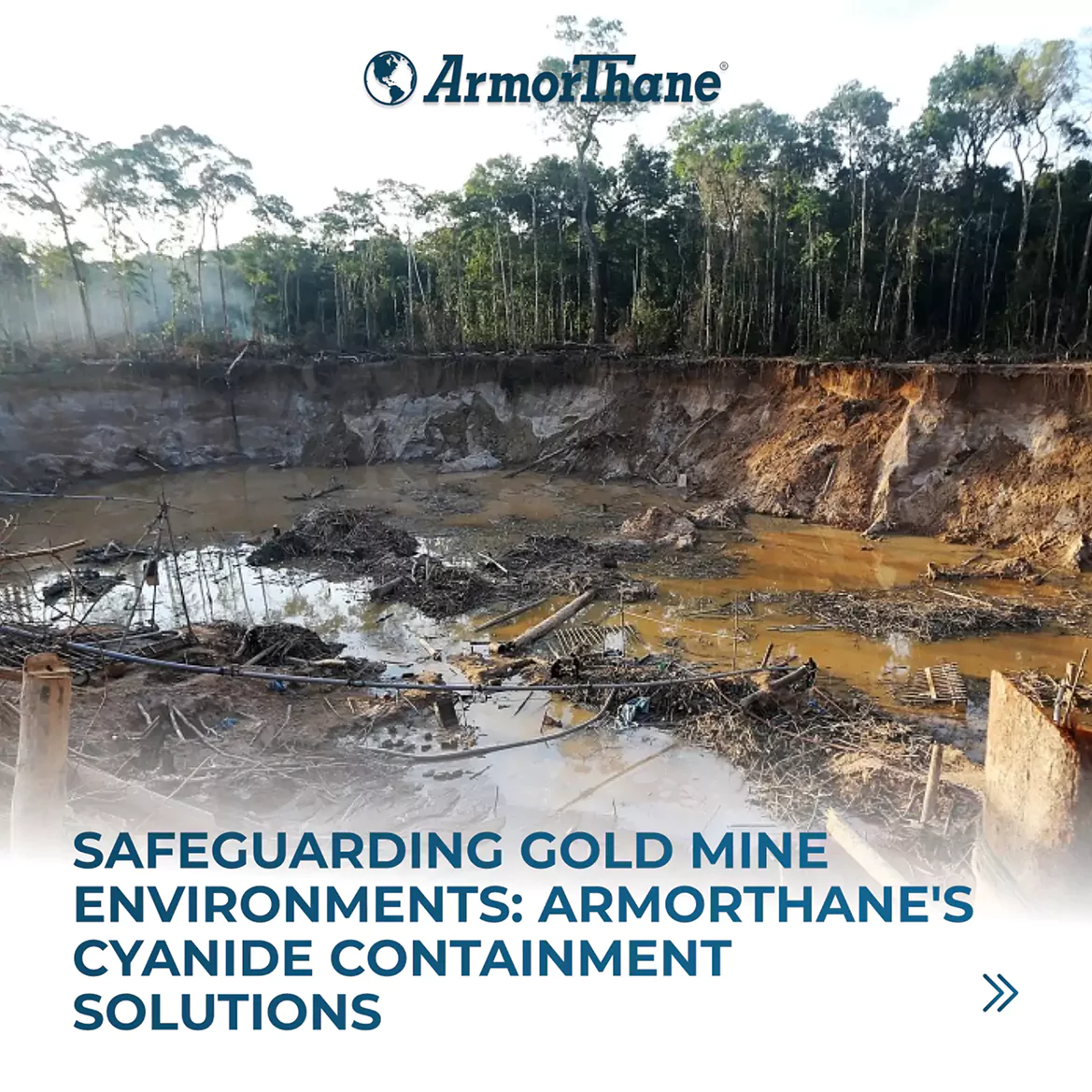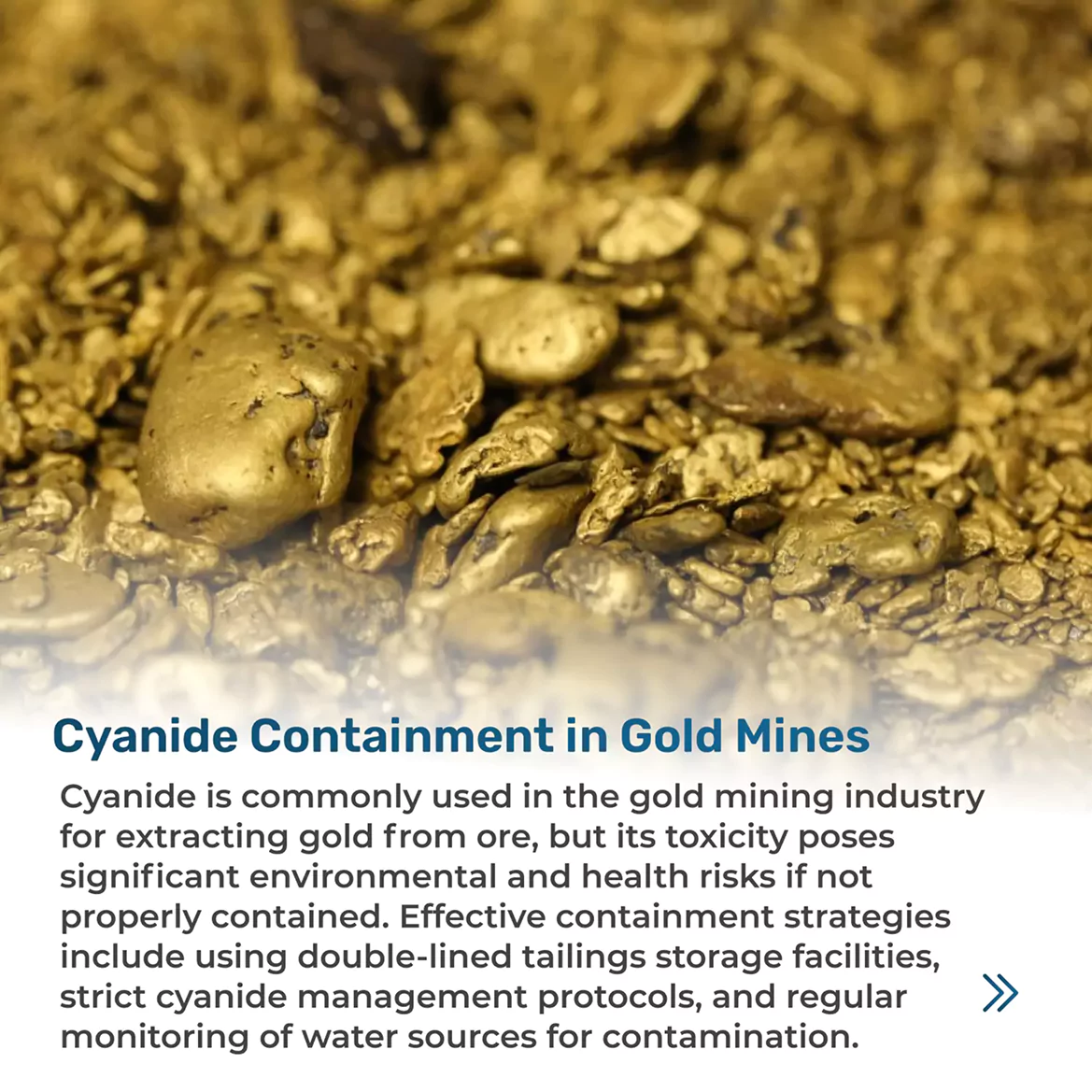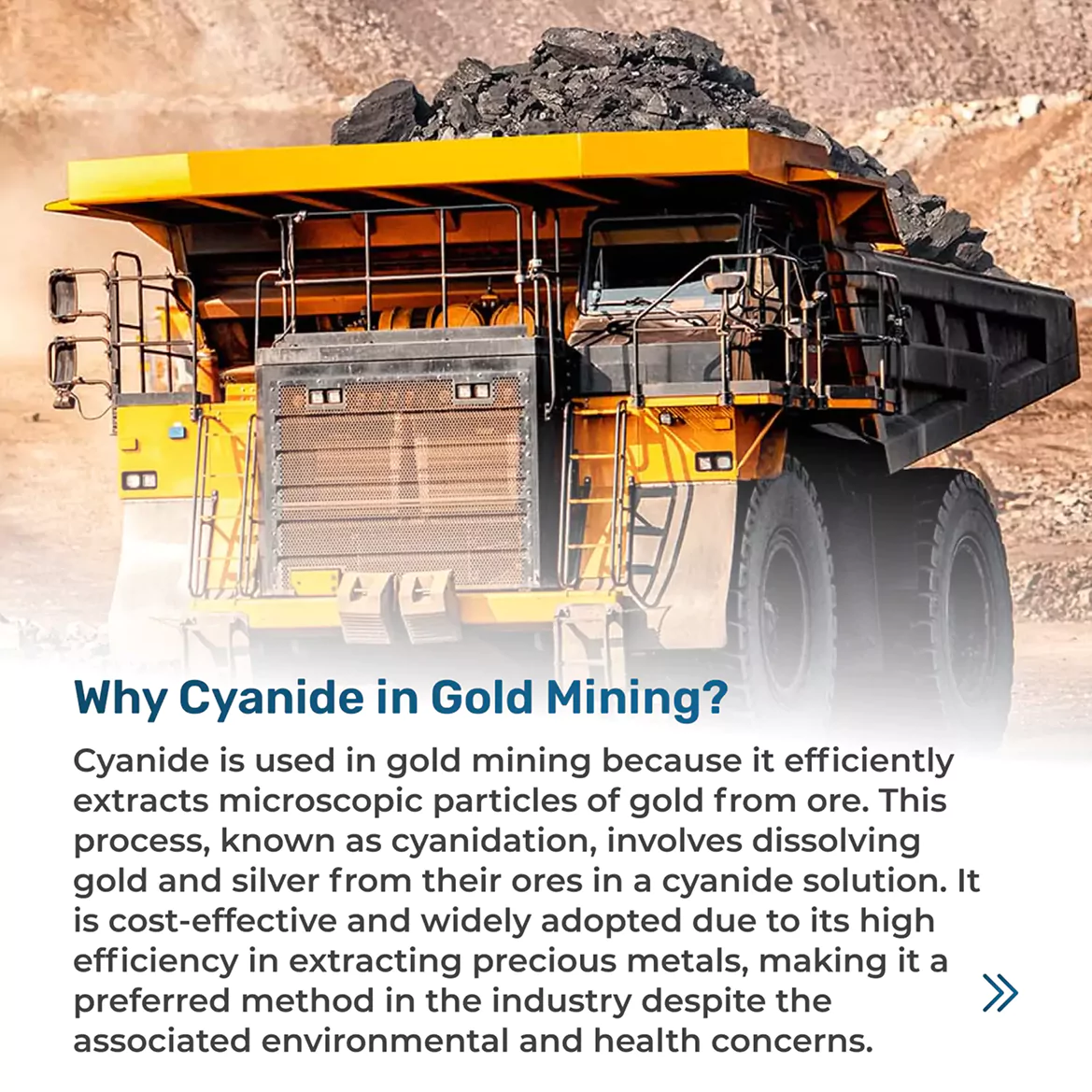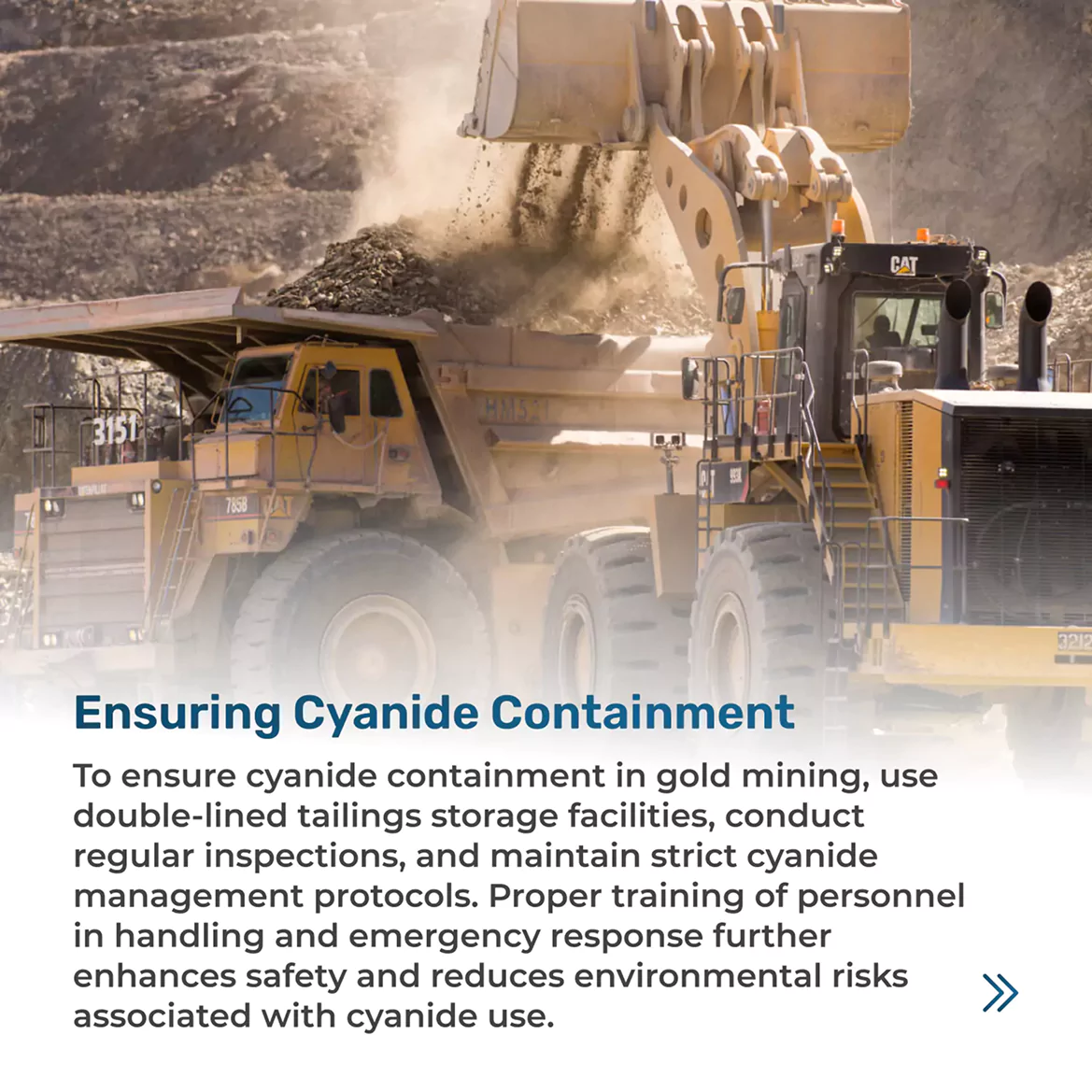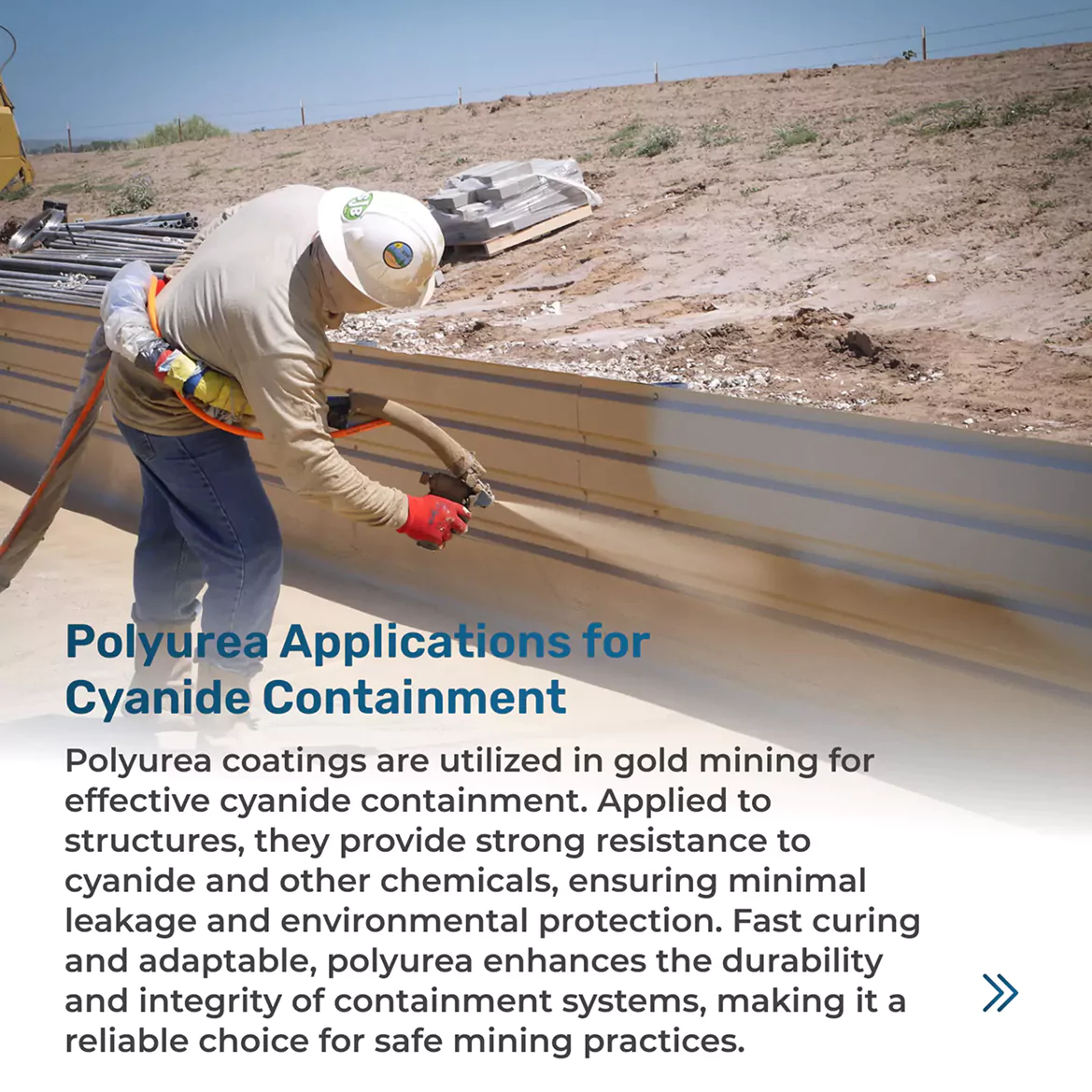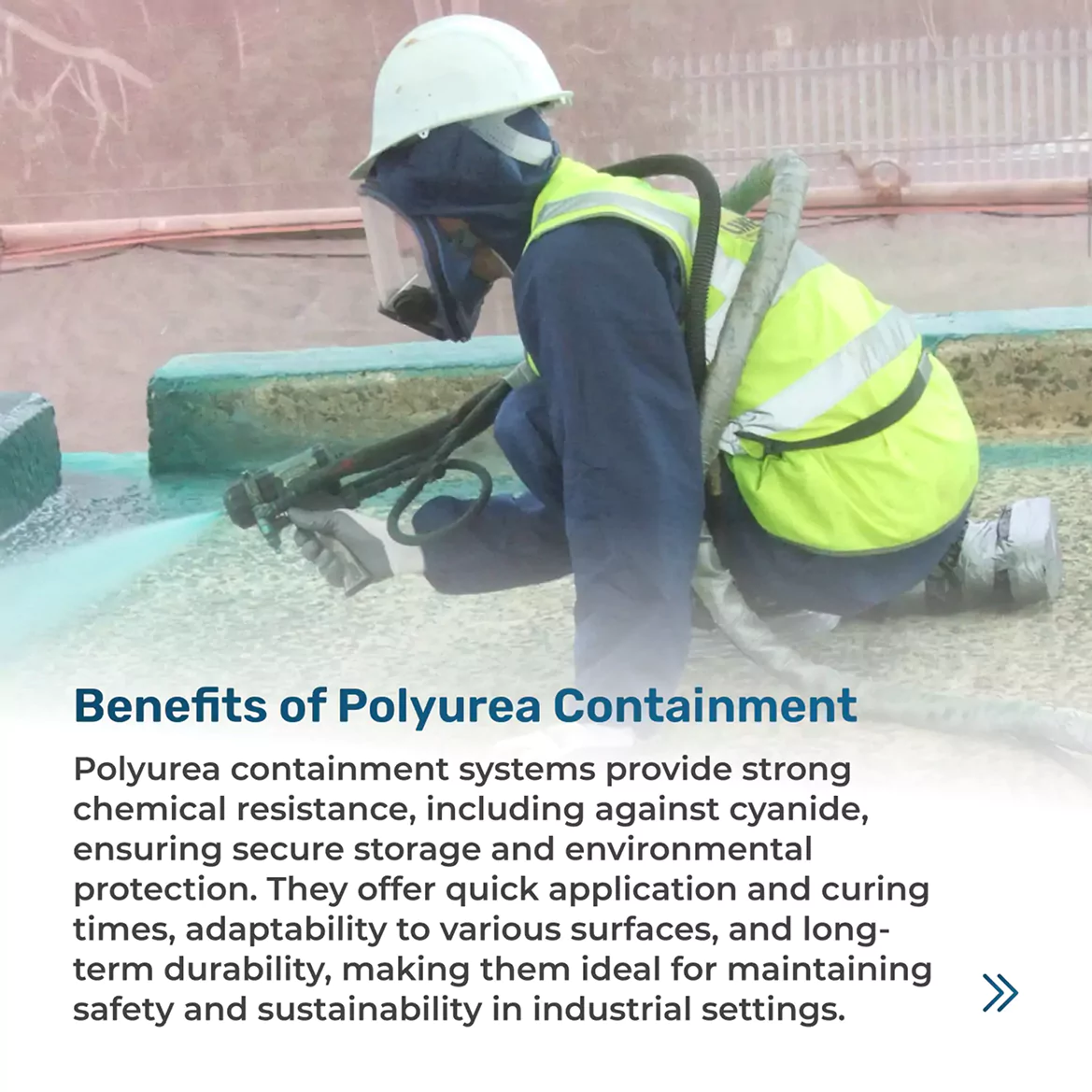CYANIDE CONTAINMENT
IN GOLD MINES:
ENSURING ENVIRONMENTAL SAFETY
IMPROVING THE RISK-REWARD RATIO
OF GOLD CYANIDATION
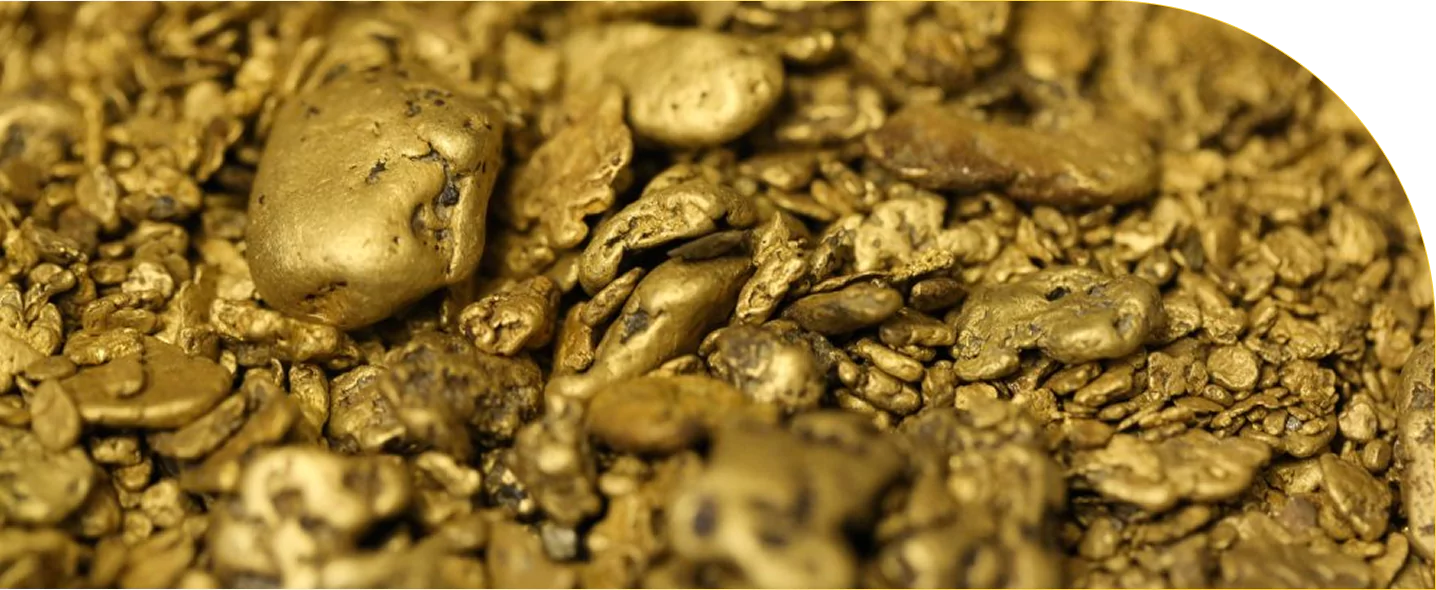
WHY IS CYANIDE USED IN GOLD MINNG?
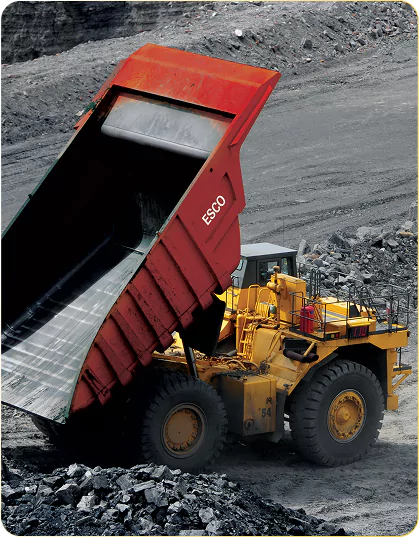
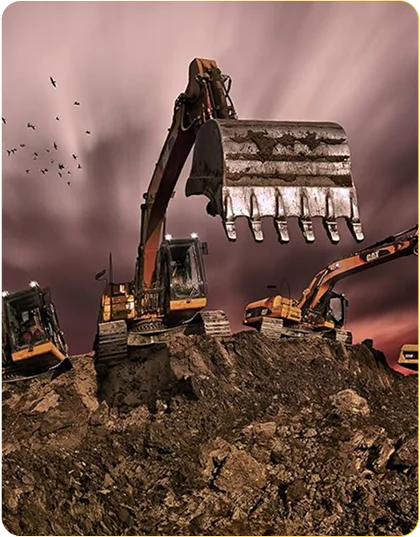
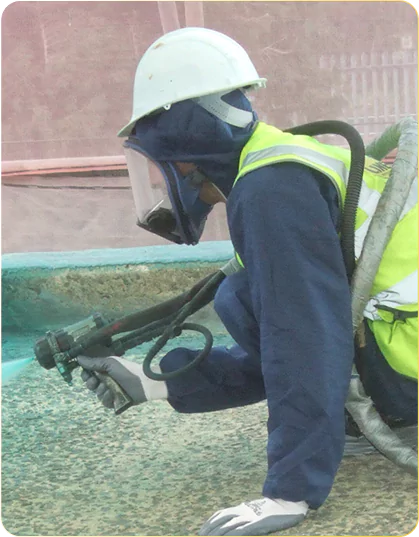
THE DANGERS OF CYANIDE IN GOLD MINING
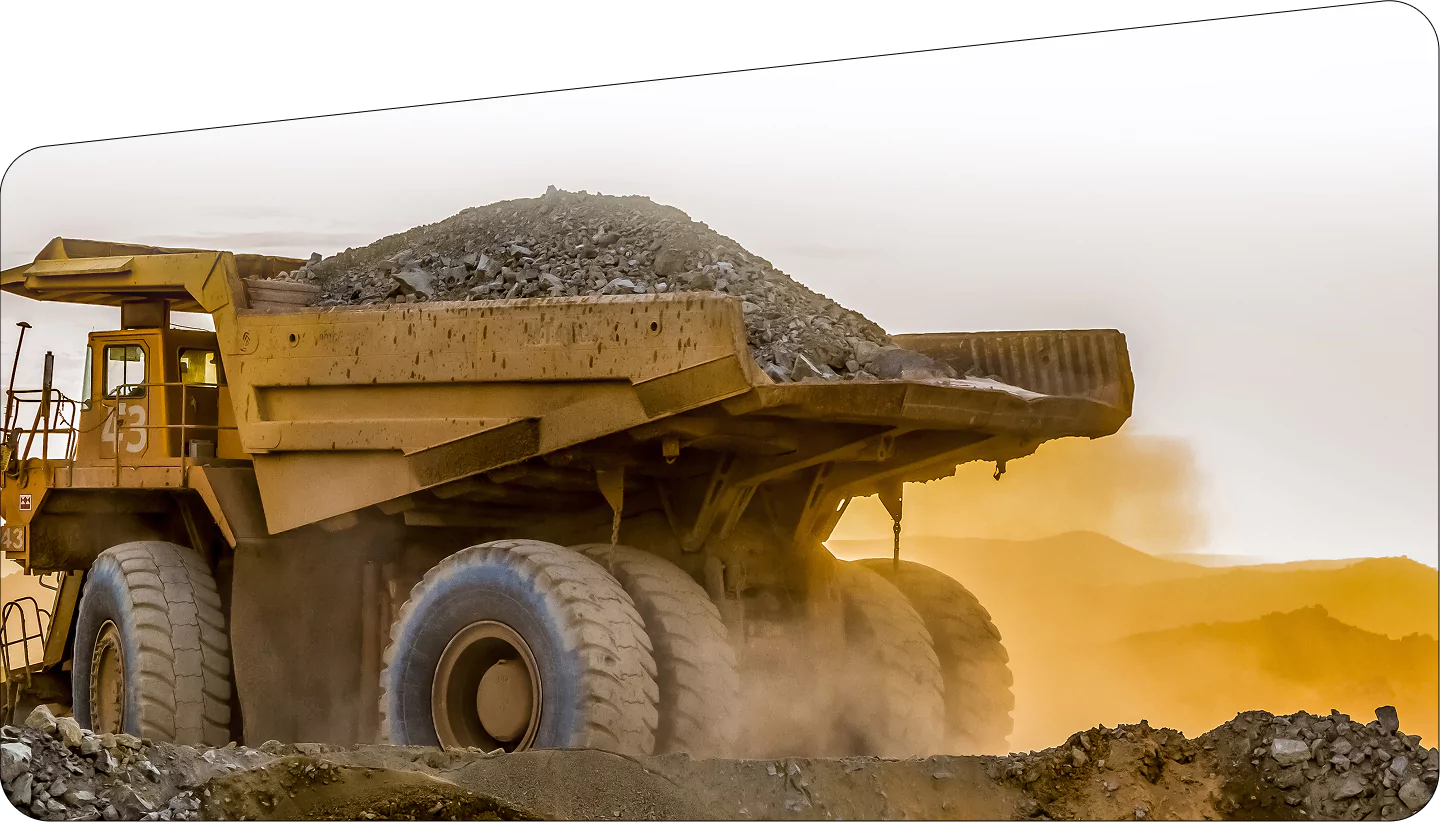
POLYUREA FOR
CYANIDE CONTAINMENT:
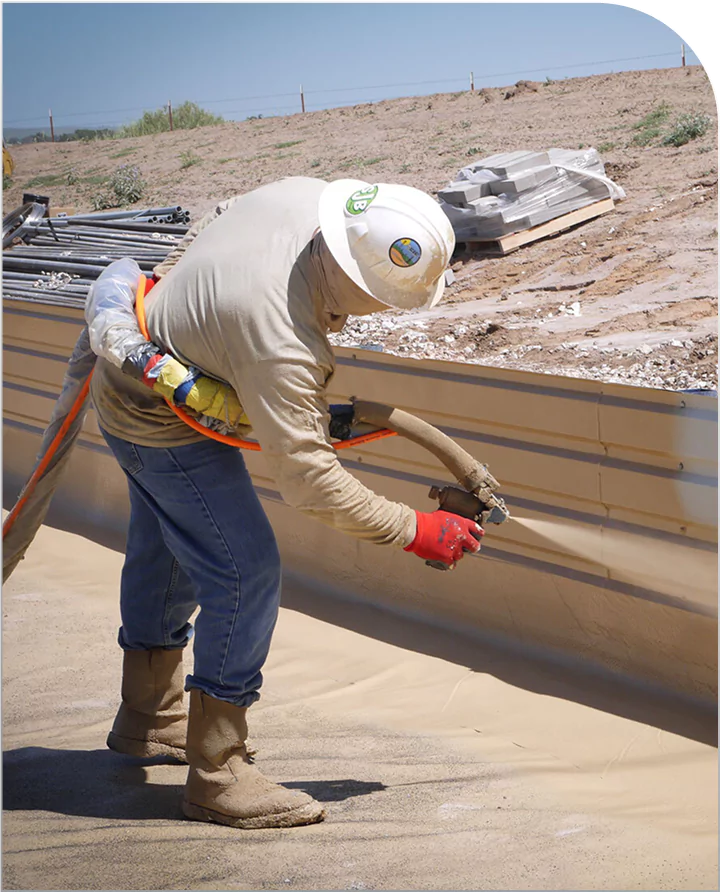
- Primary Containment Liners: Polyurea coatings act as a formidable barrier, seamlessly covering the inner surfaces of holding tanks, ponds, and basins where cyanide solutions are stored. The exceptional chemical resistance of polyurea prevents the corrosive effects of cyanide, maintaining the integrity of the containment system. Its quick curing time also allows for faster installation, reducing downtime during mine operations.
- Secondary Containment Systems: In addition to primary liners, secondary containment systems are essential to catch any potential leaks or spills. Polyurea coatings can be applied to floors, walls, and other surfaces to create a robust secondary containment layer. This ensures that even if the primary liners fail due to unforeseen circumstances, the surrounding environment remains protected.
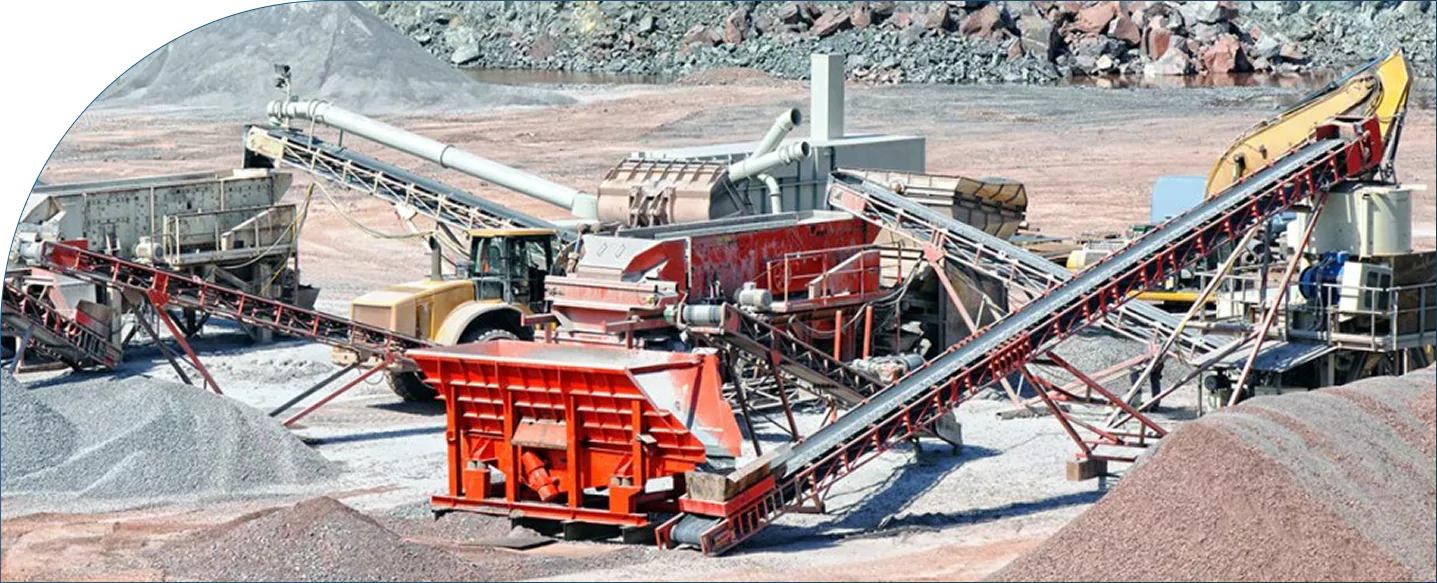
FREQUENTLY ASKED QUESTIONS
Cyanide leaching, or gold cyanidation, is a safe and efficient process with proper management and control. Polyurea coatings can be used in both heap leaching and tank leaching to contain the spread of cyanide solutions and confine ore extraction within controlled environments. Polyurea is strong, flexible, and chemically resistant, making it the perfect containment solution for the mining industry.
In sufficiently large quantities or high concentrations, cyanide can be acutely dangerous to humans and other organisms. However, with careful and proactive risk mitigation, cyanide leaching can be both safe and cost-effective. It’s remained the most common type of gold extraction since the 1970s, and technologies like polyurea help see safer and more efficient mining operations.
Polyurea is not directly involved in the process of leaching gold ore, but instead serves to protect leaching solutions from spreading beyond the confines of the leaching operation. Without additional protection from robust technologies like polyurea, dangerous leaching compounds like sodium cyanide risk the health and safety of communities, ecosystems, and environments.
latest news & bLOGS
CONSIDER PARTNERING WITH ARMORTHANE
